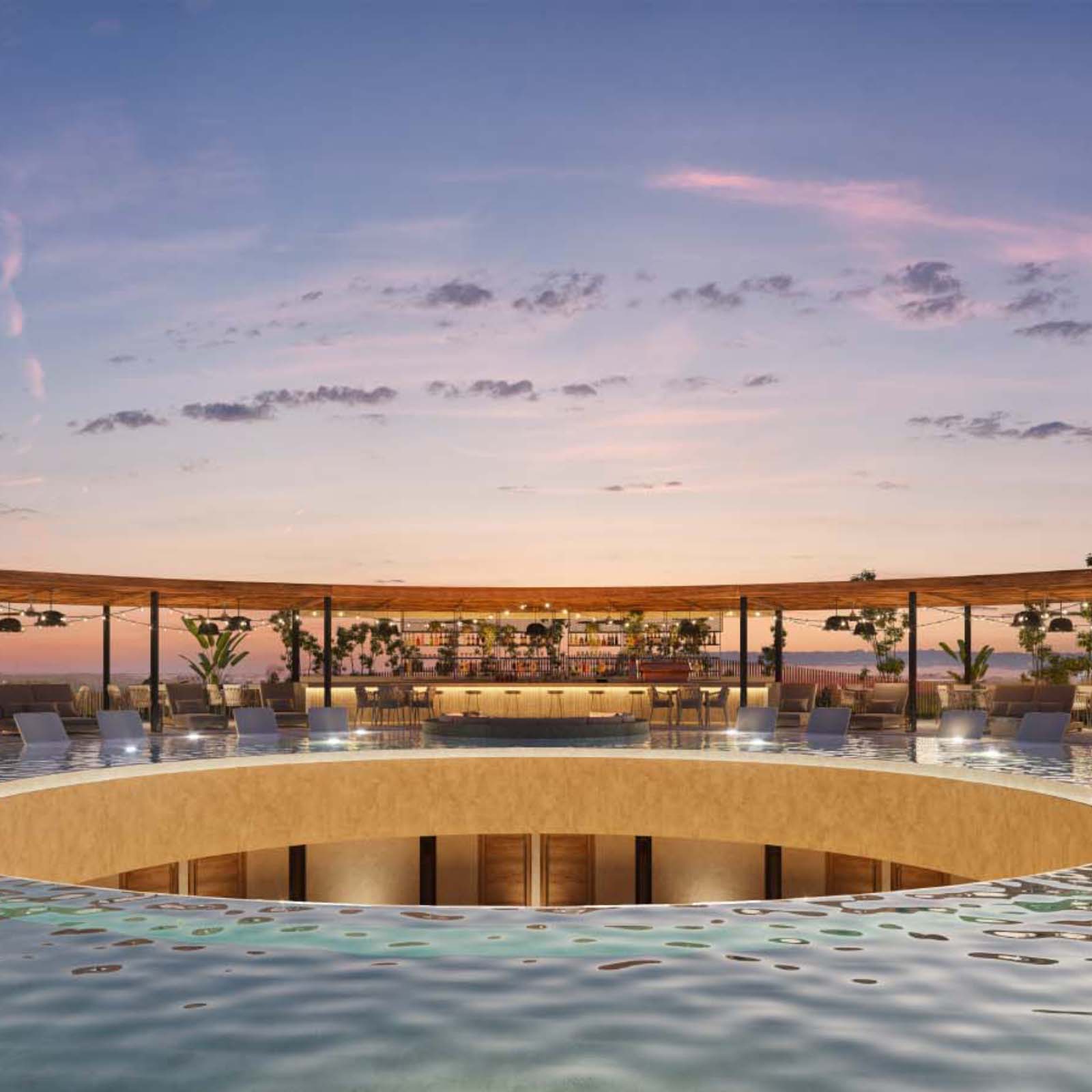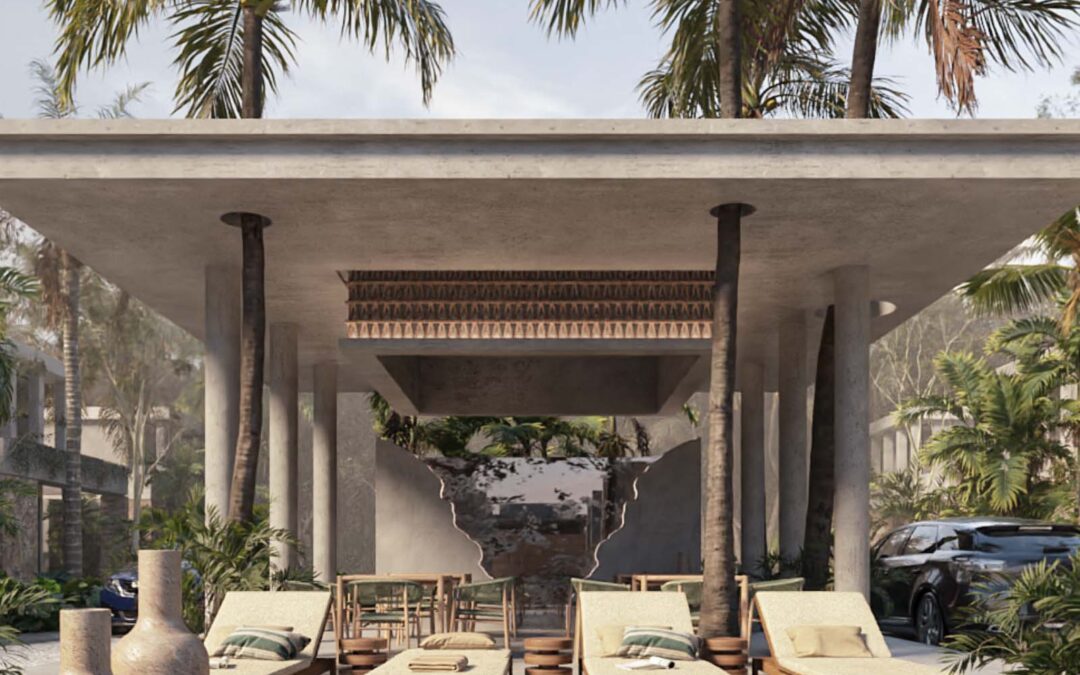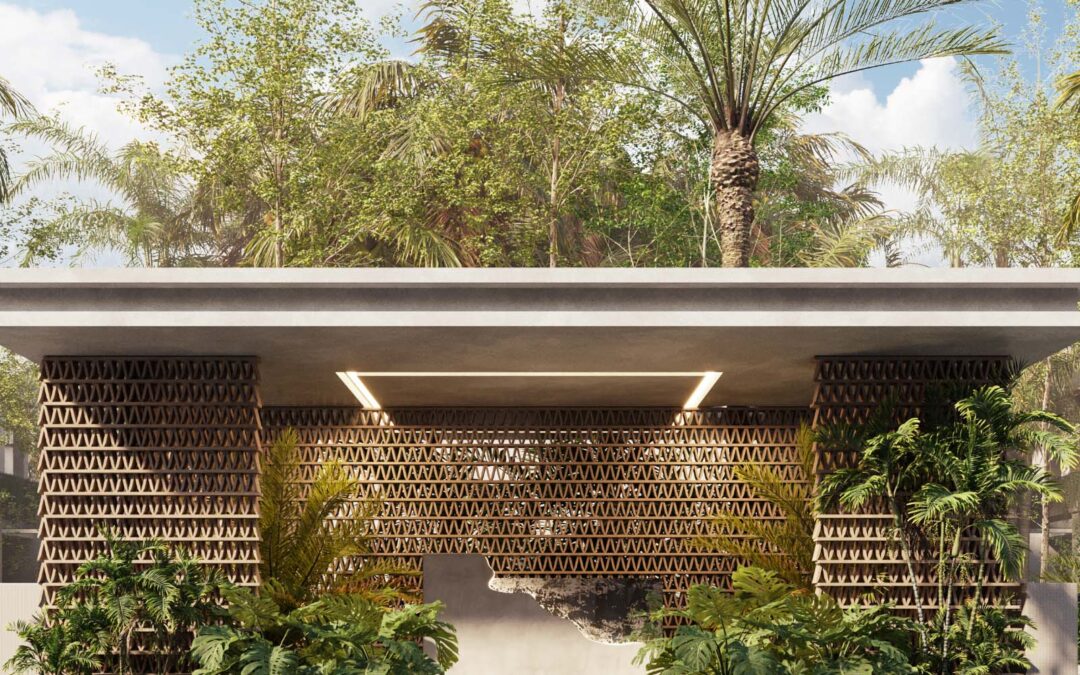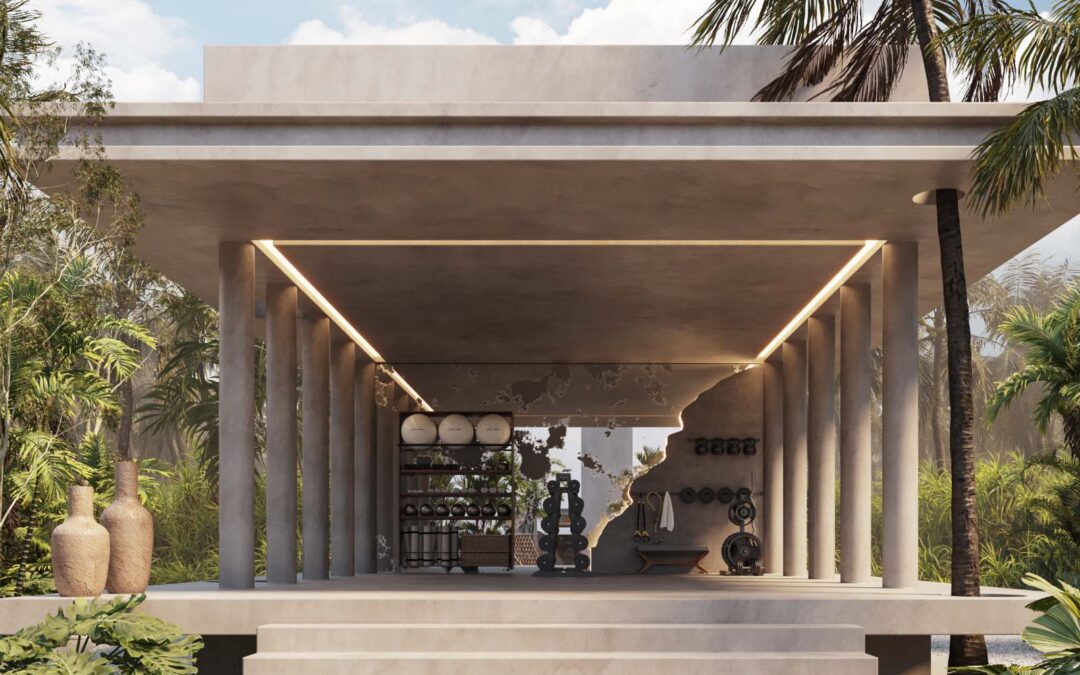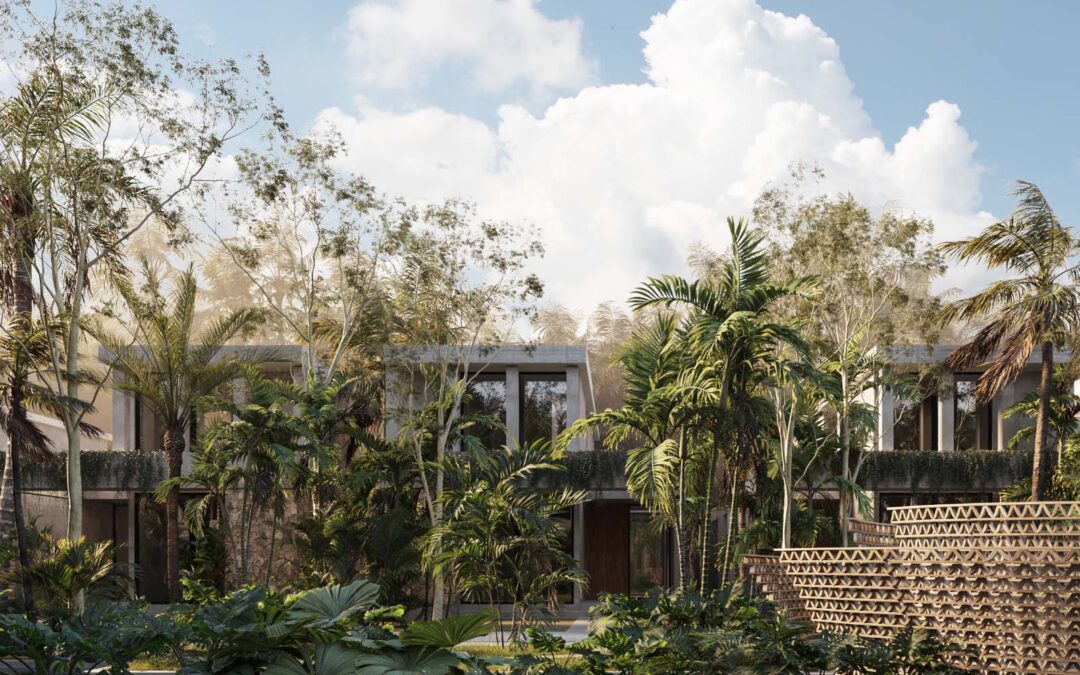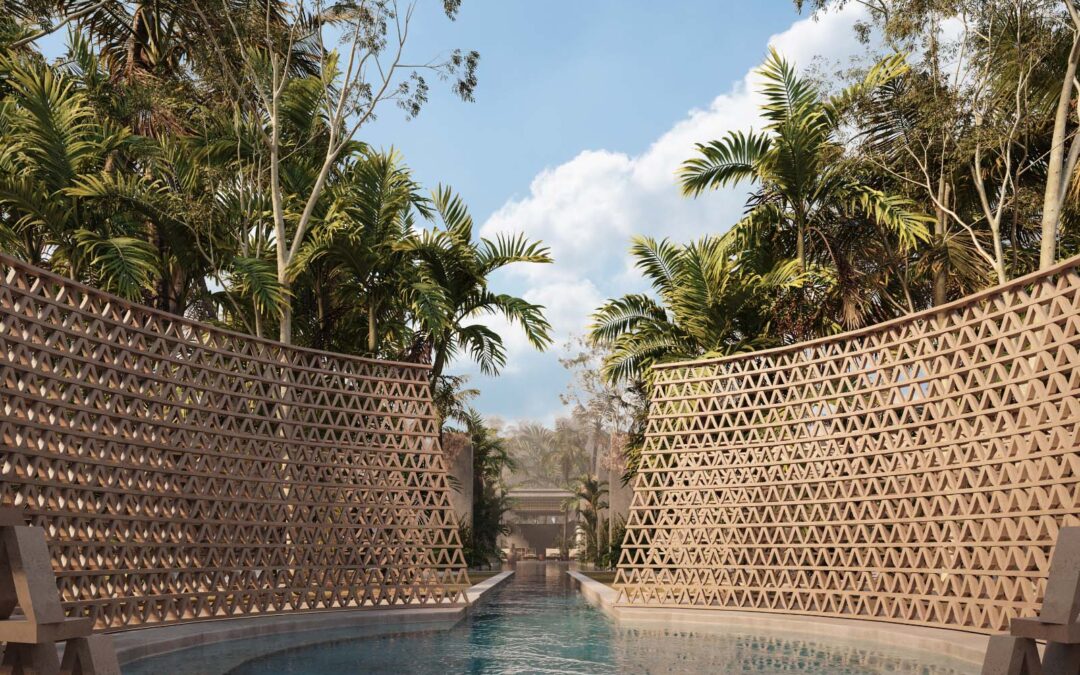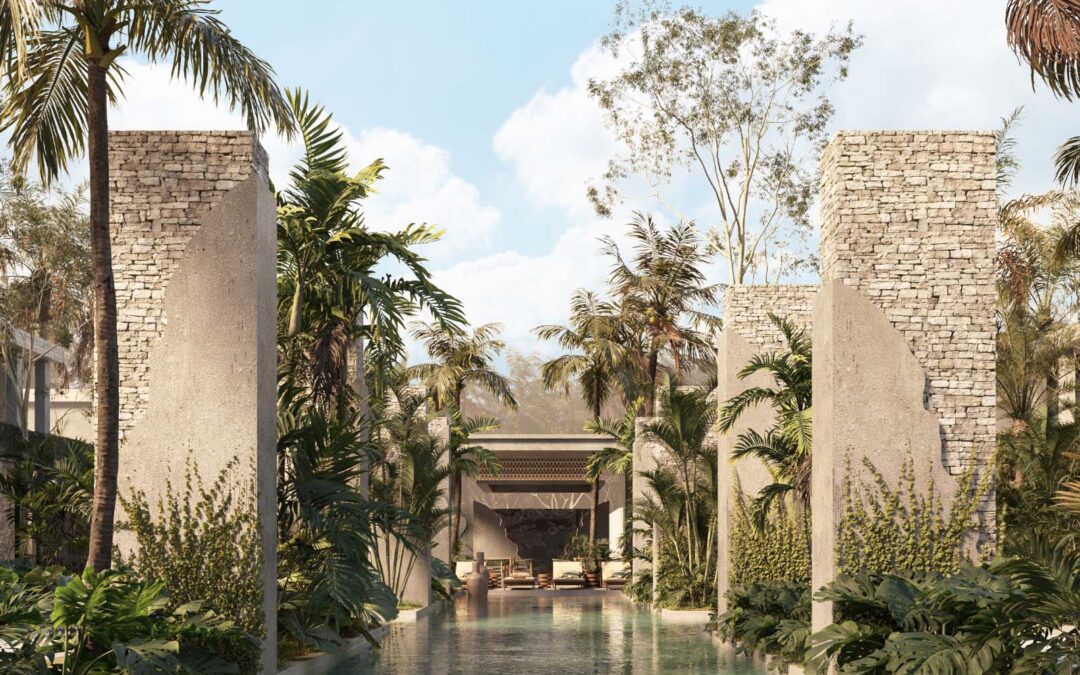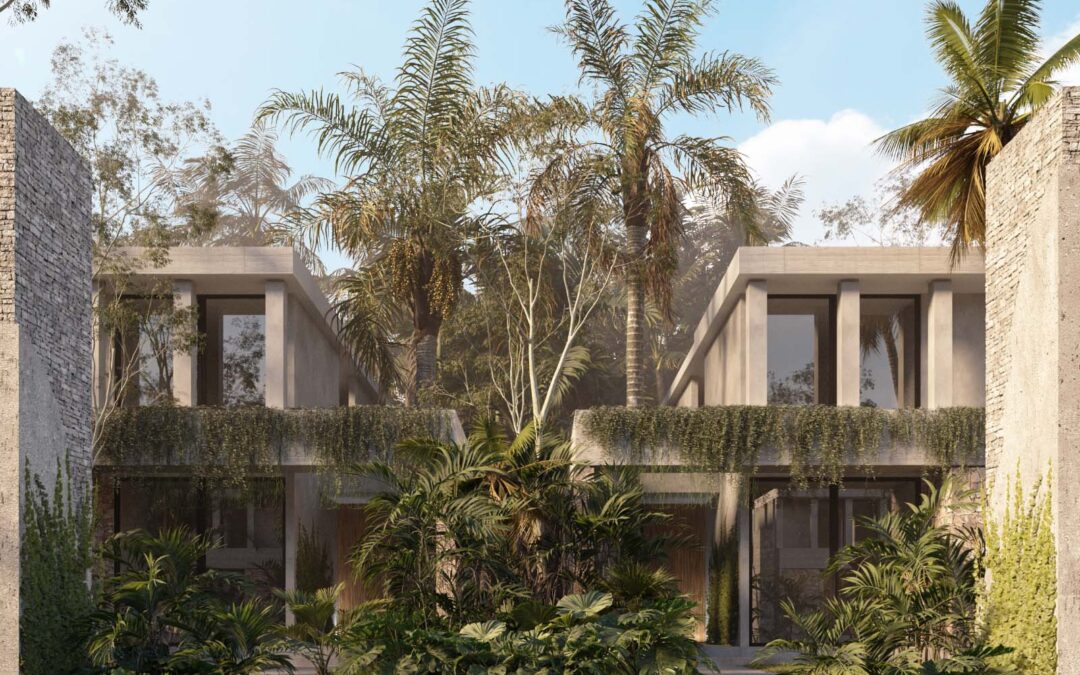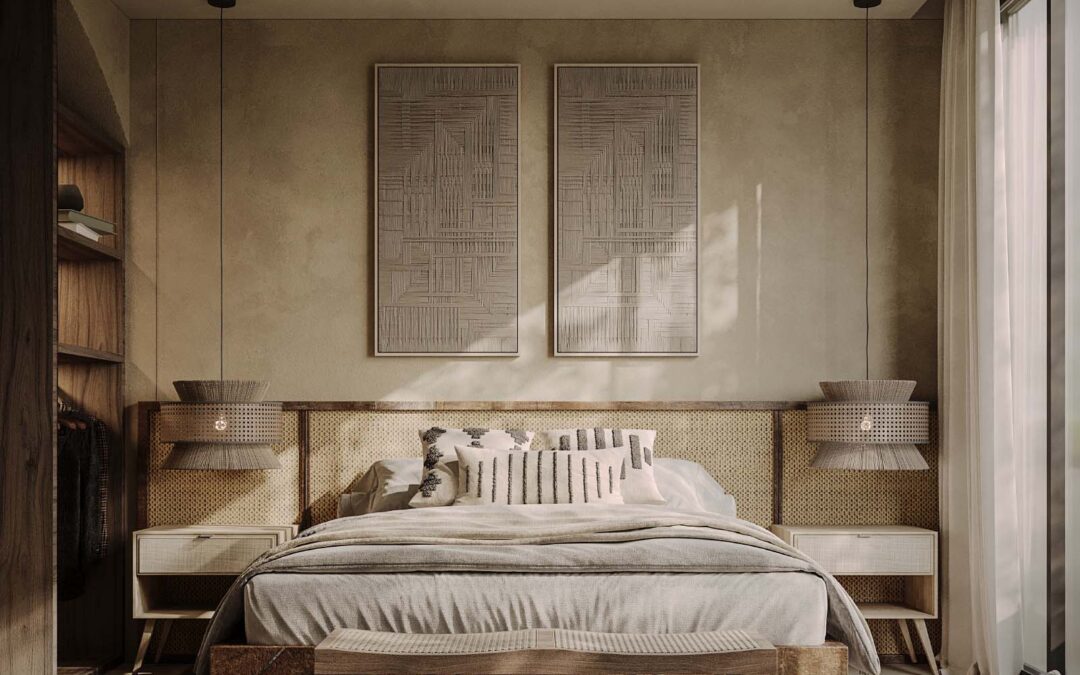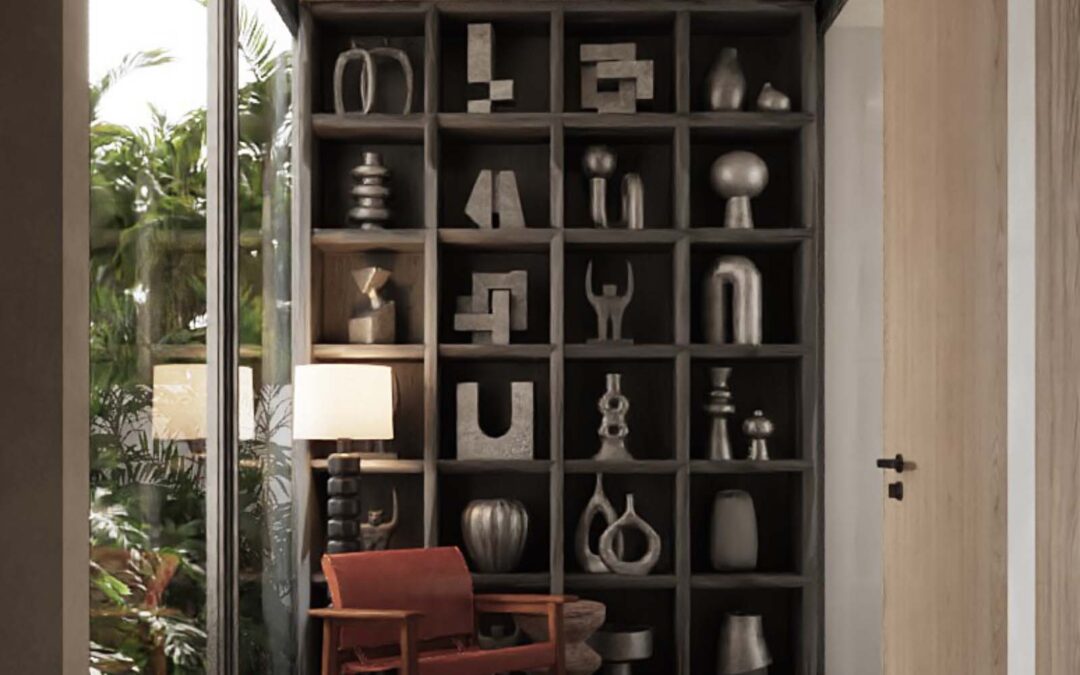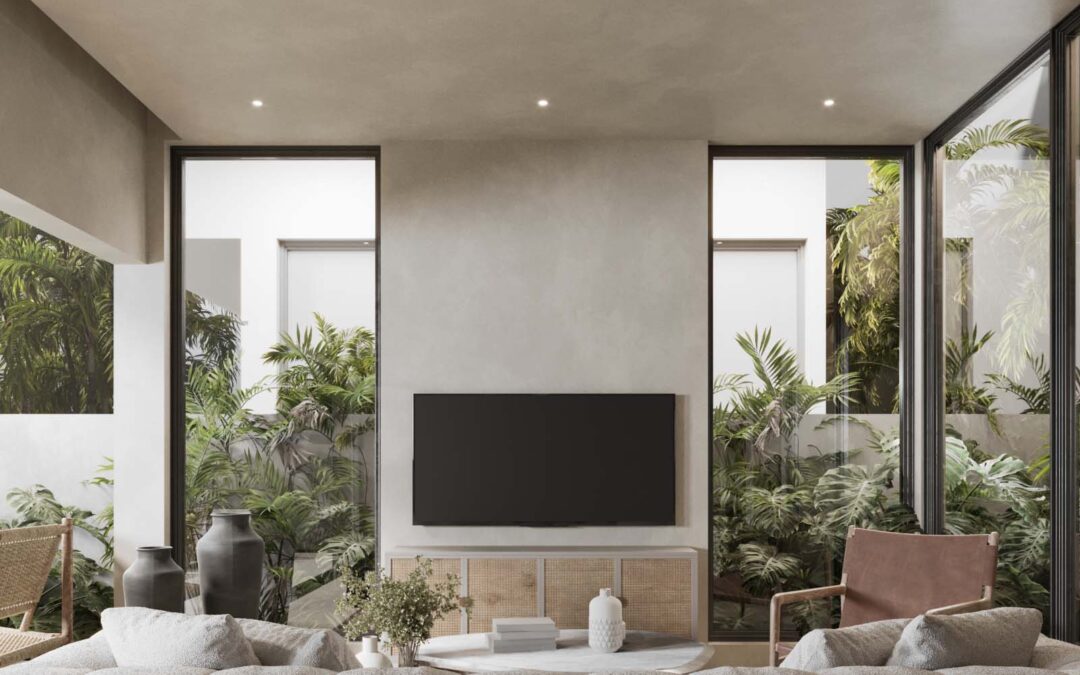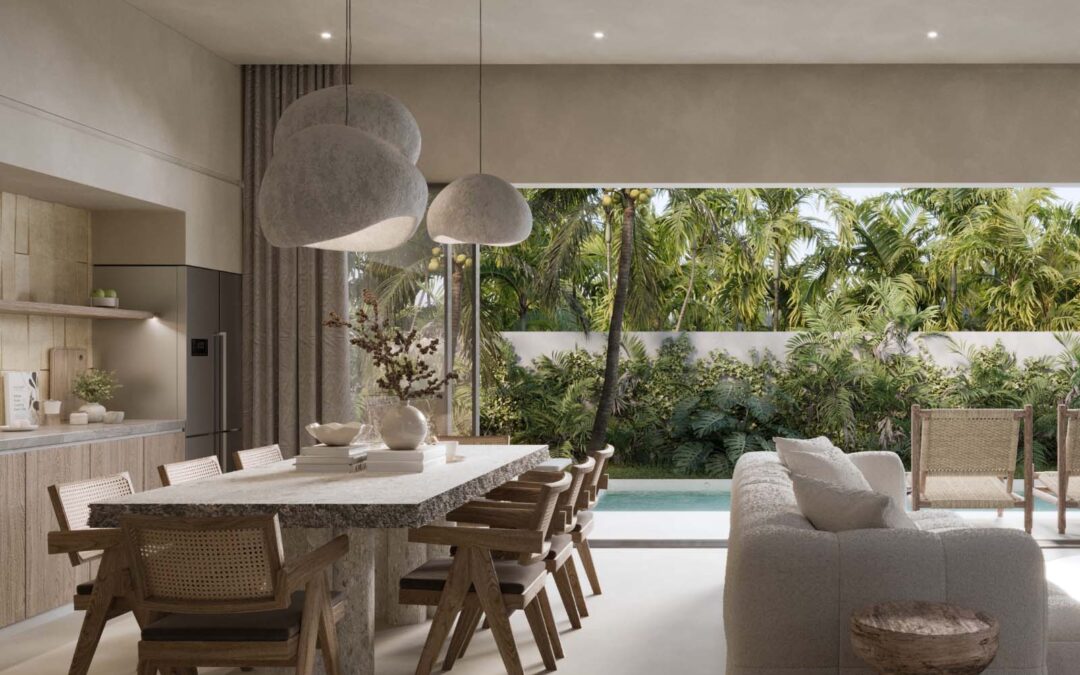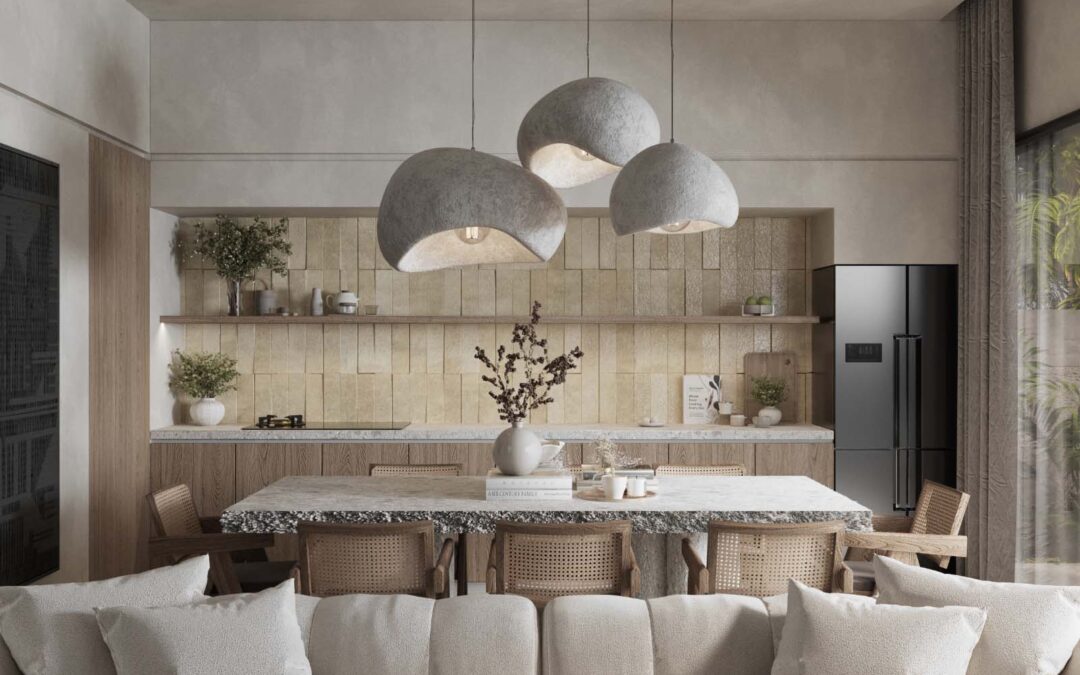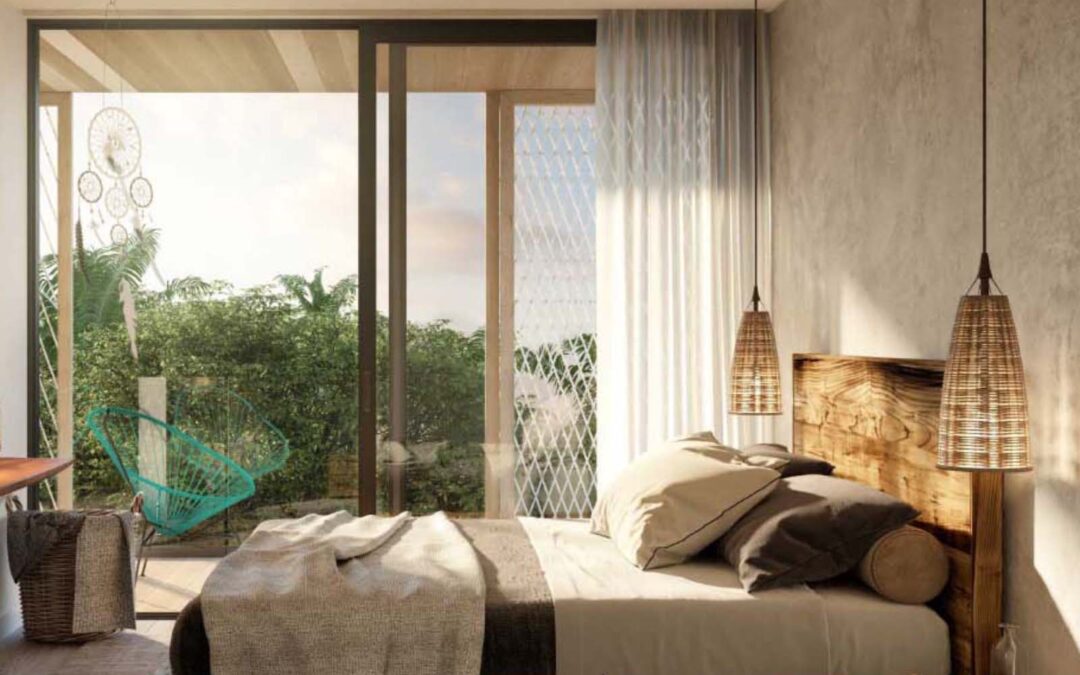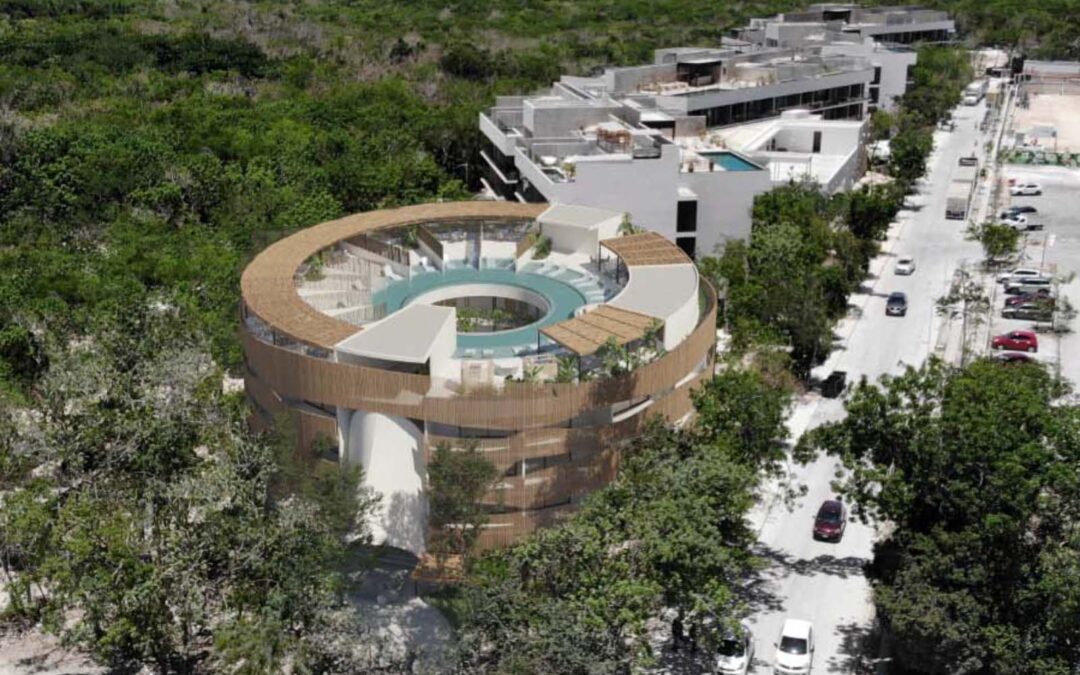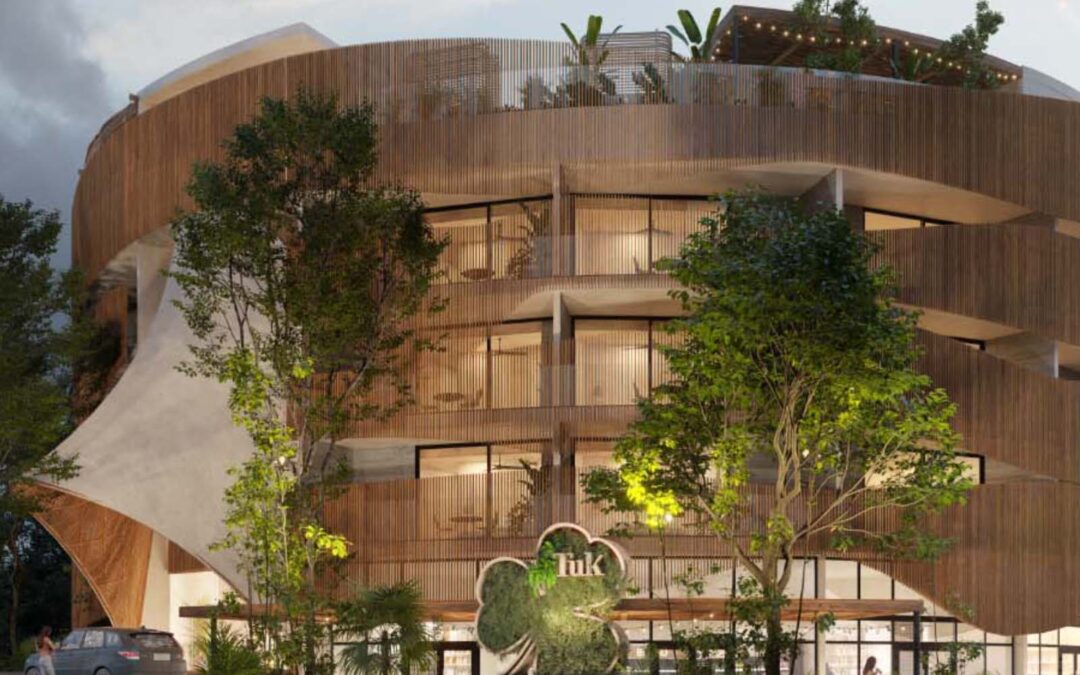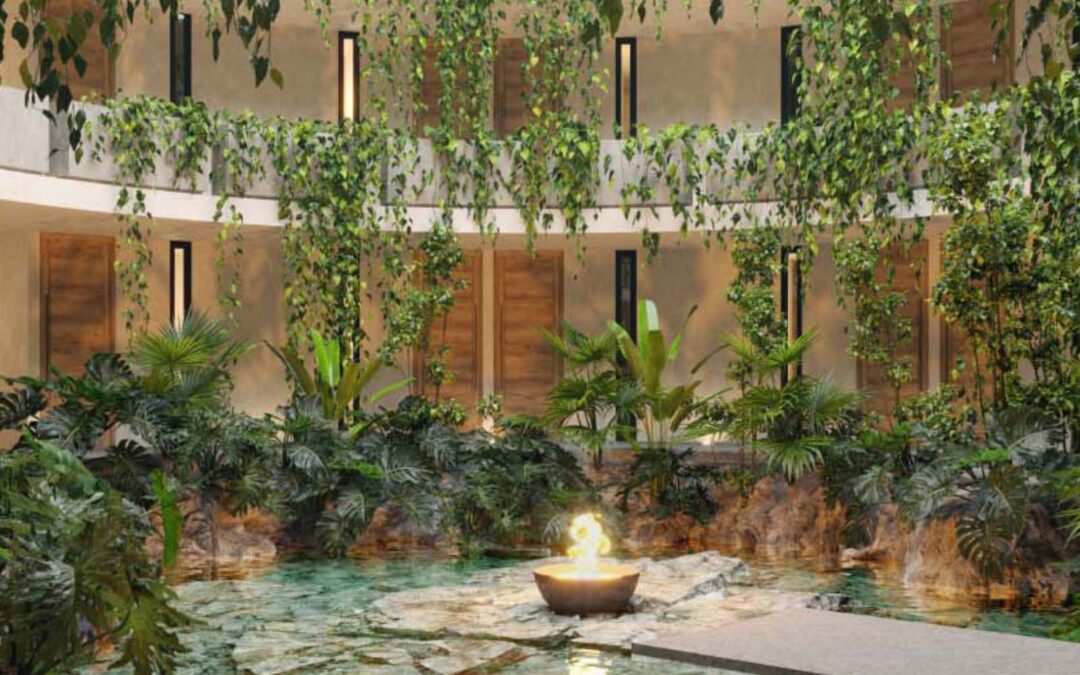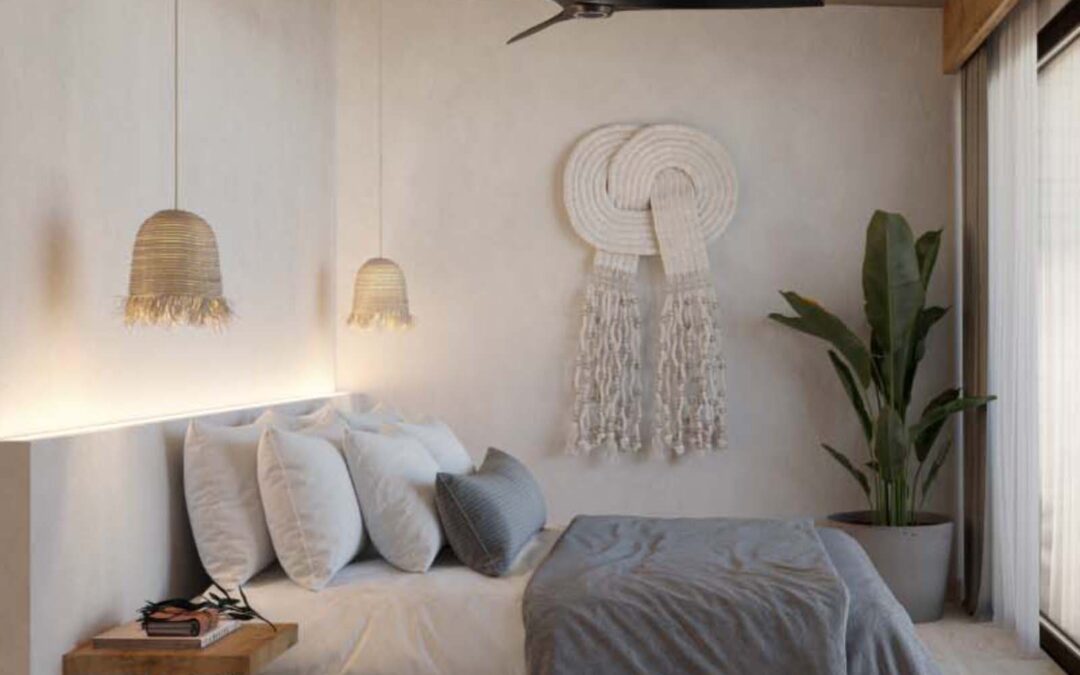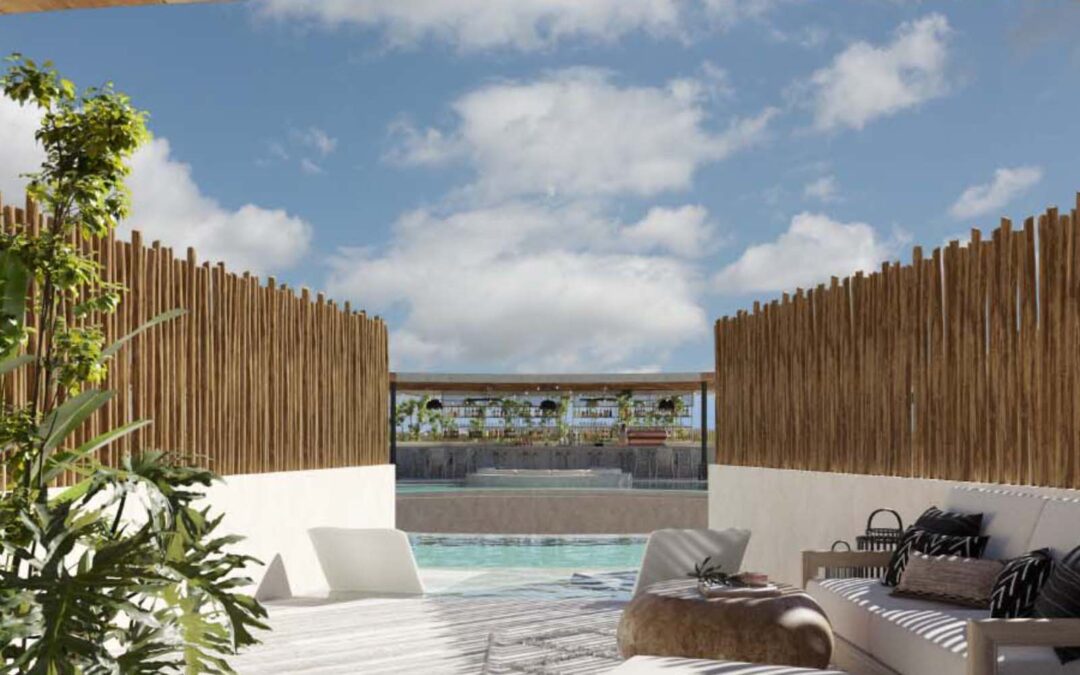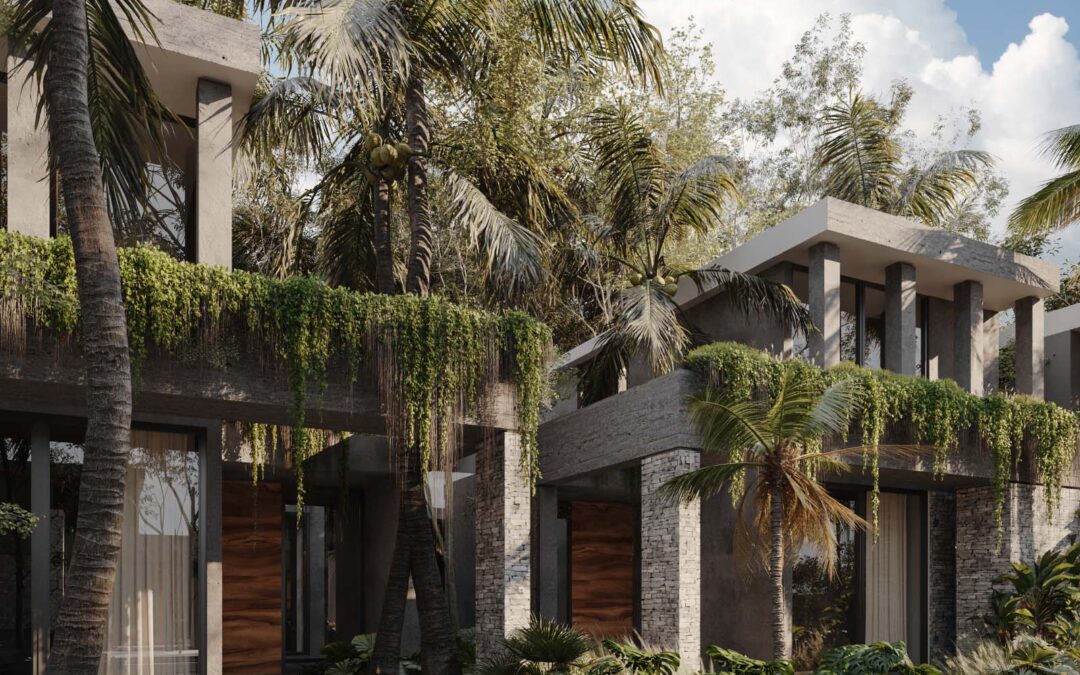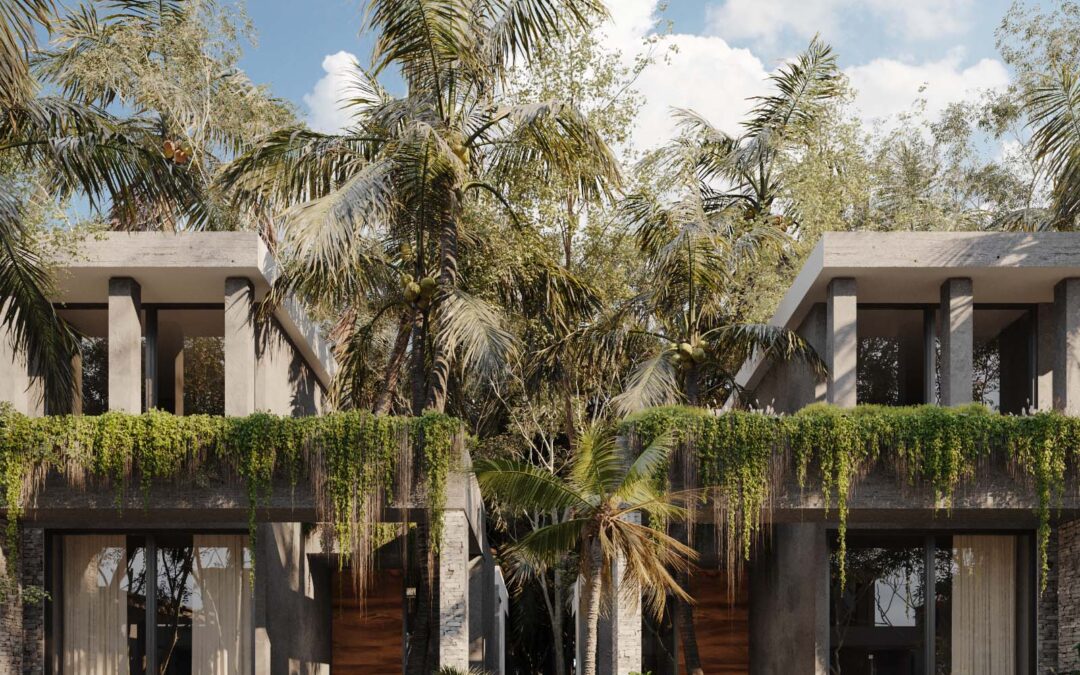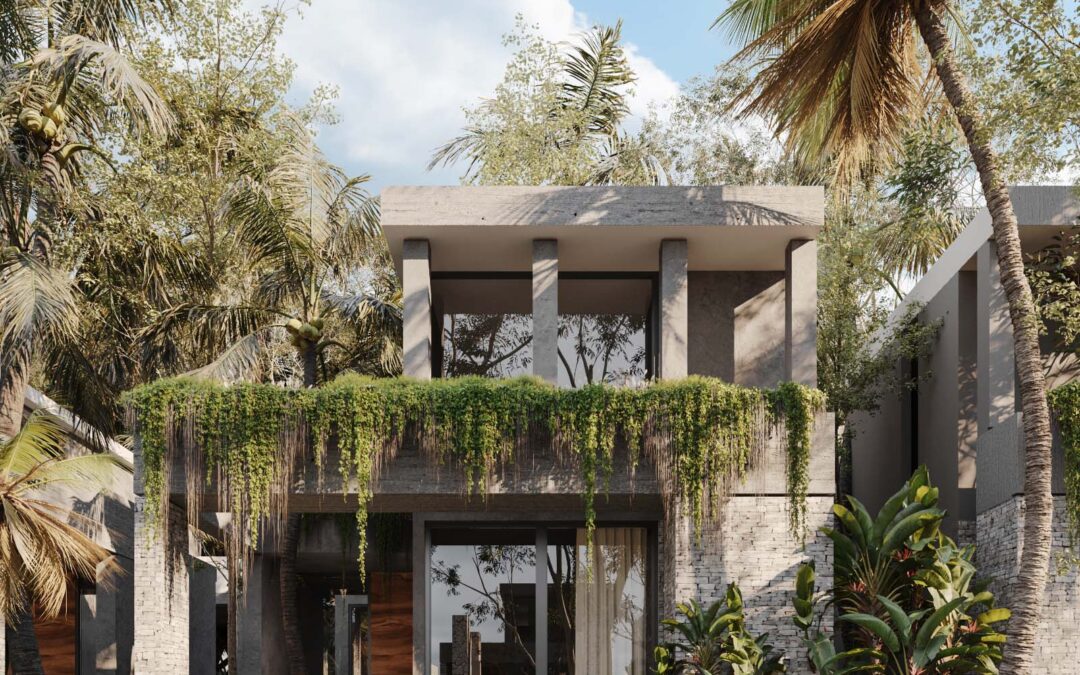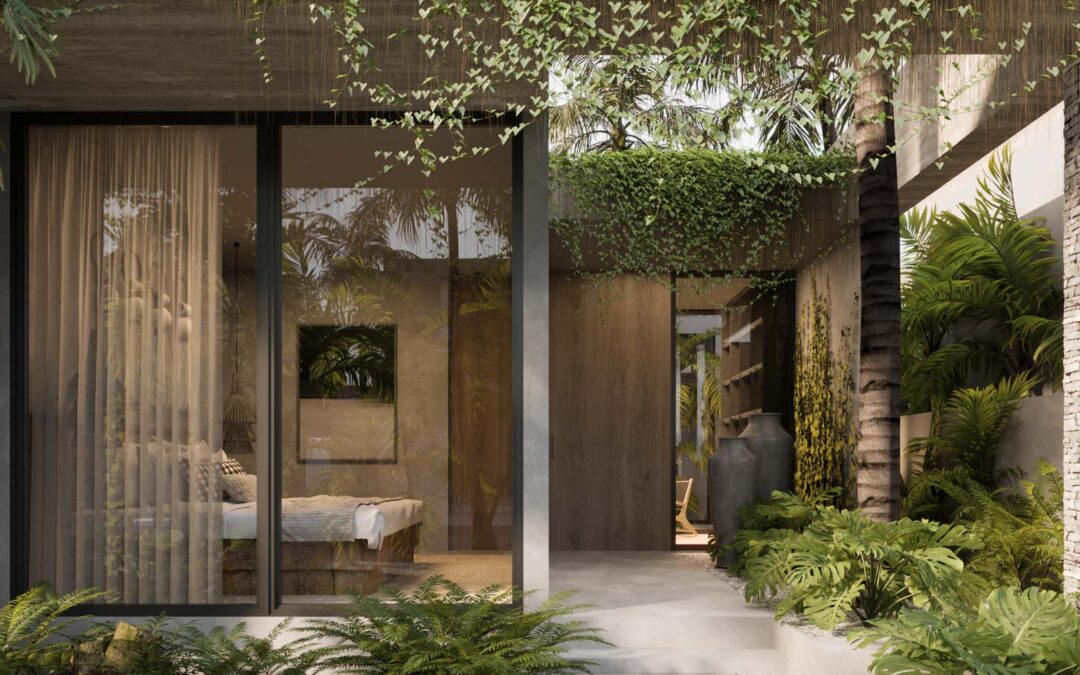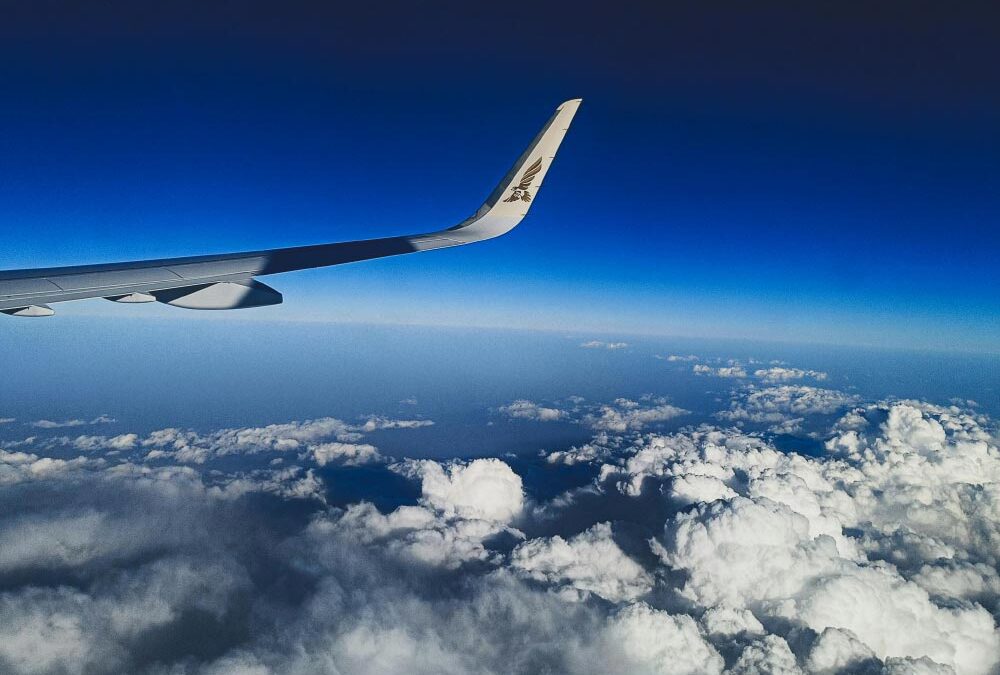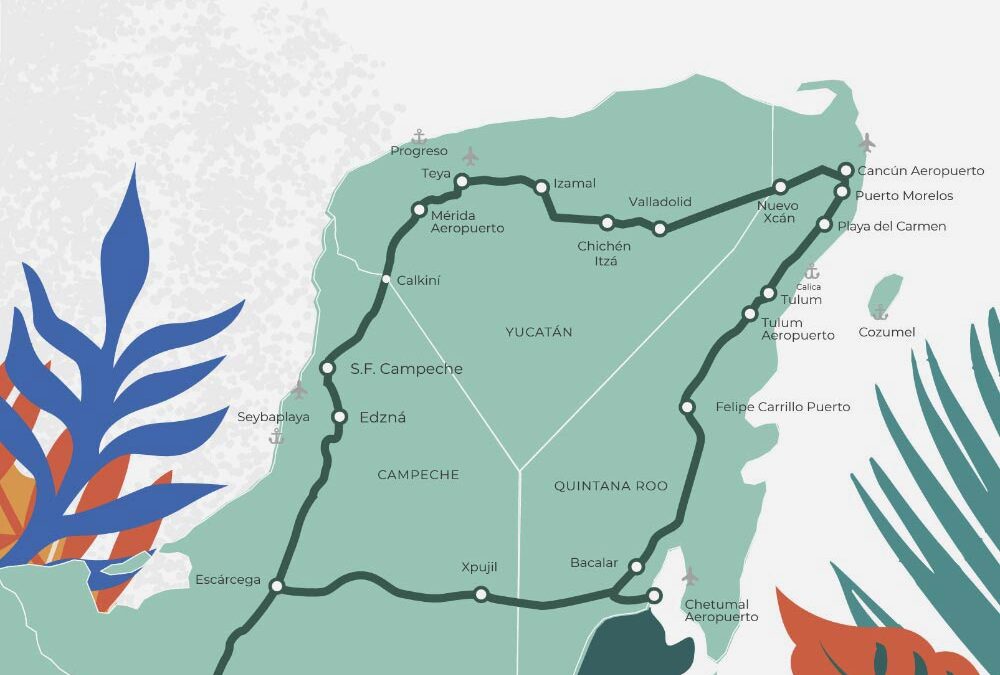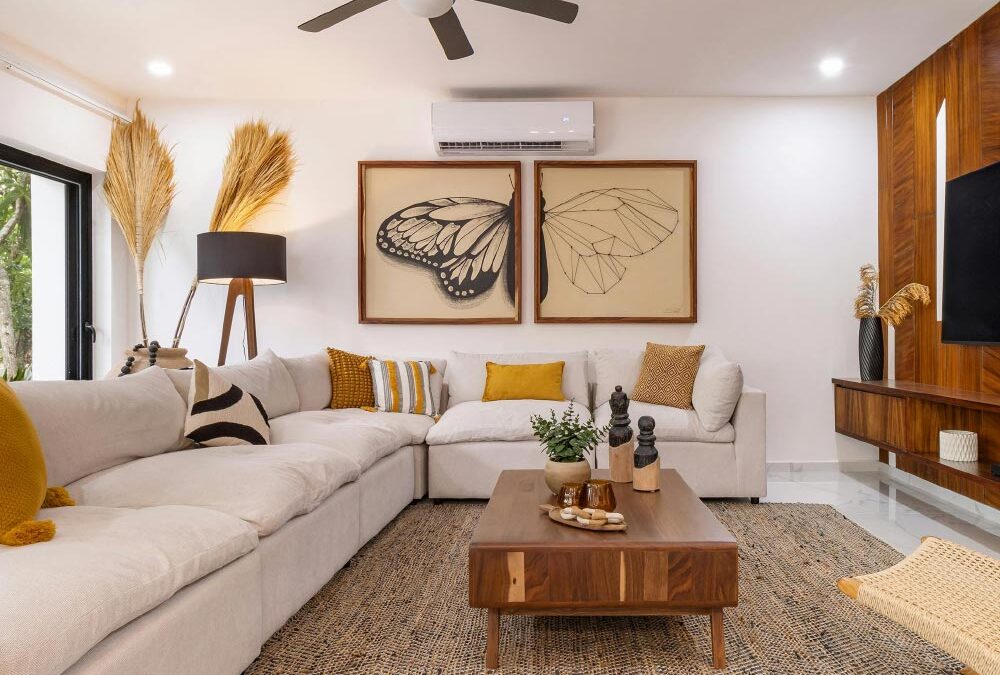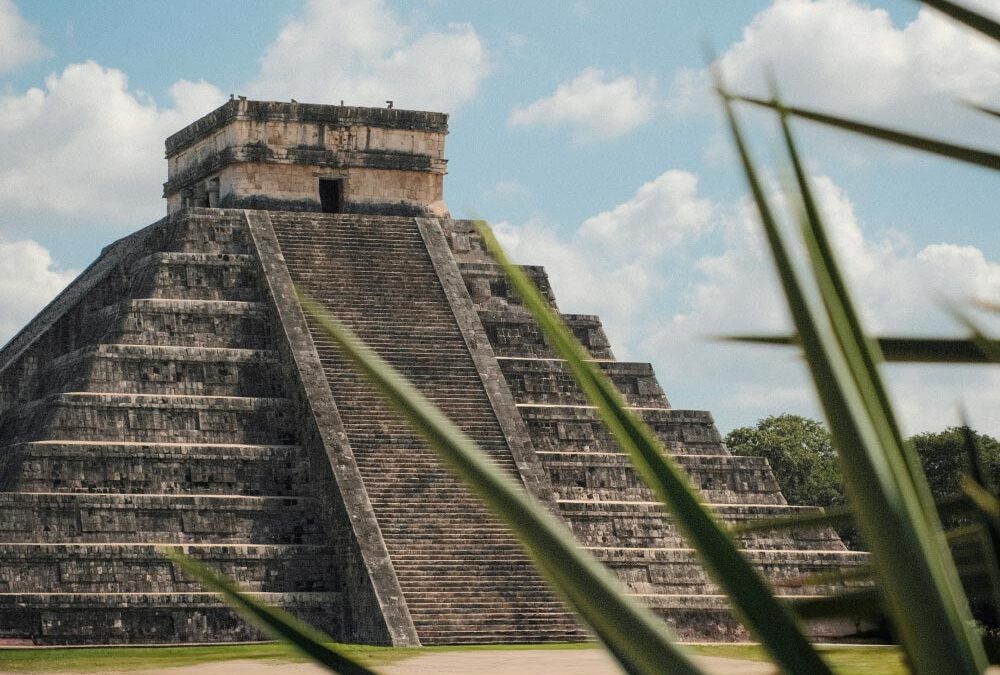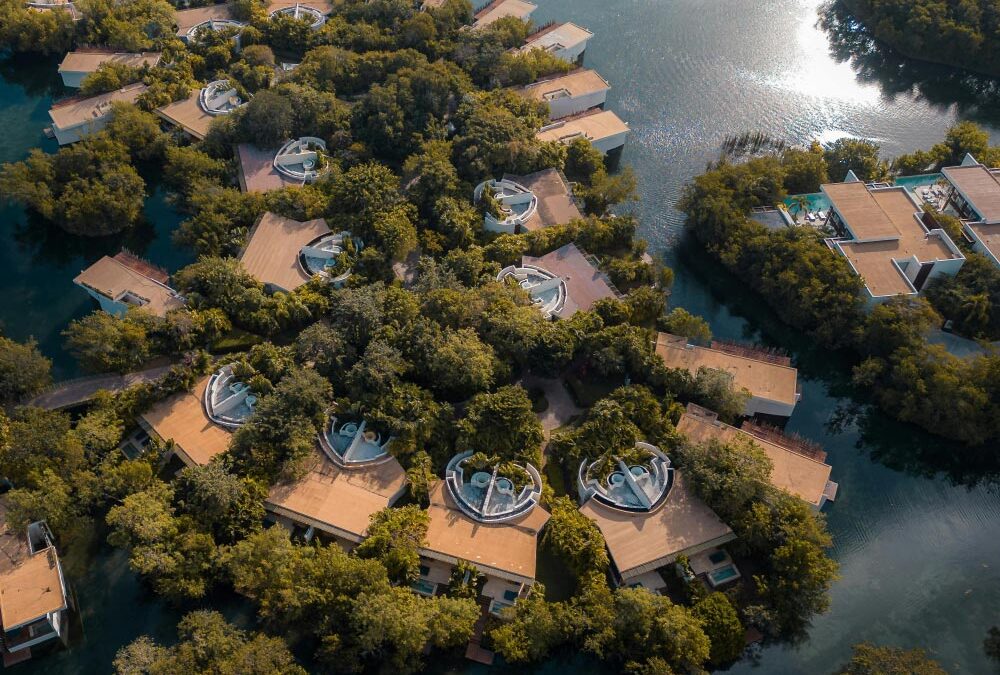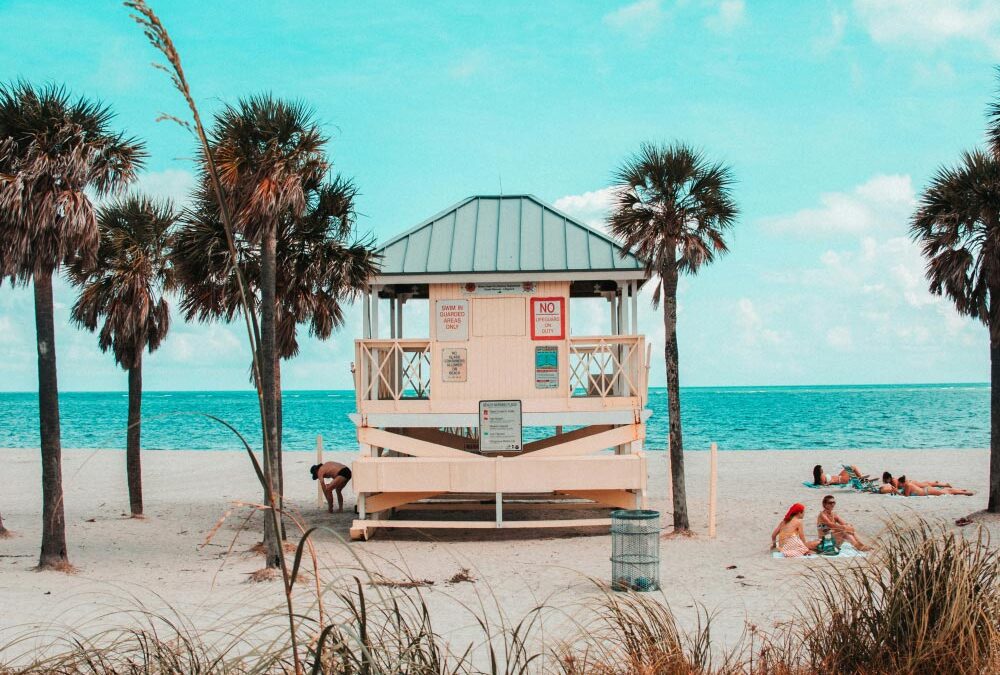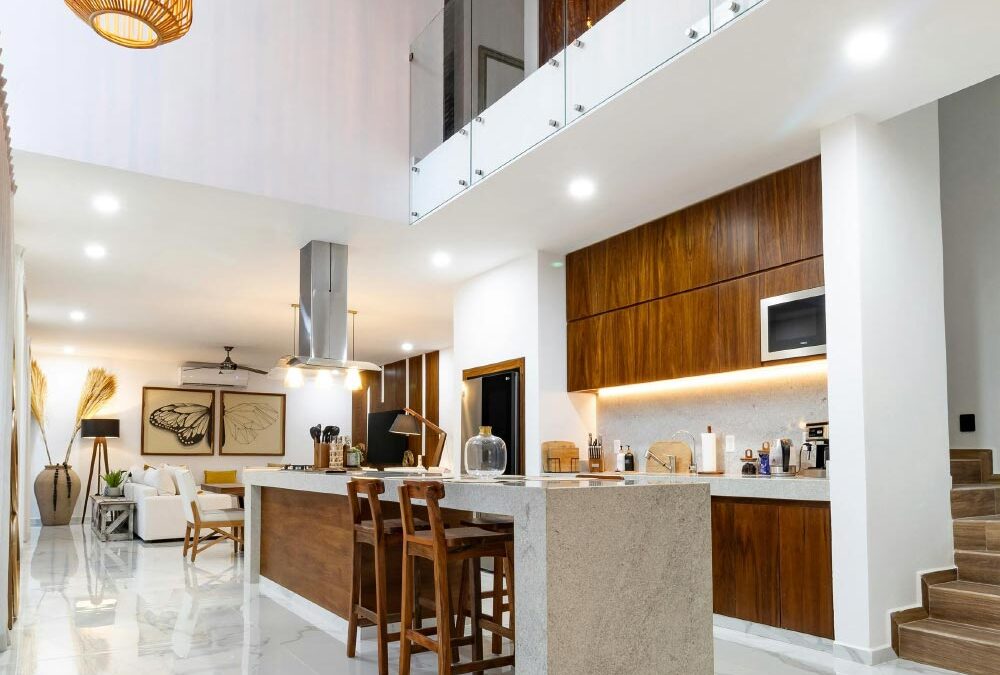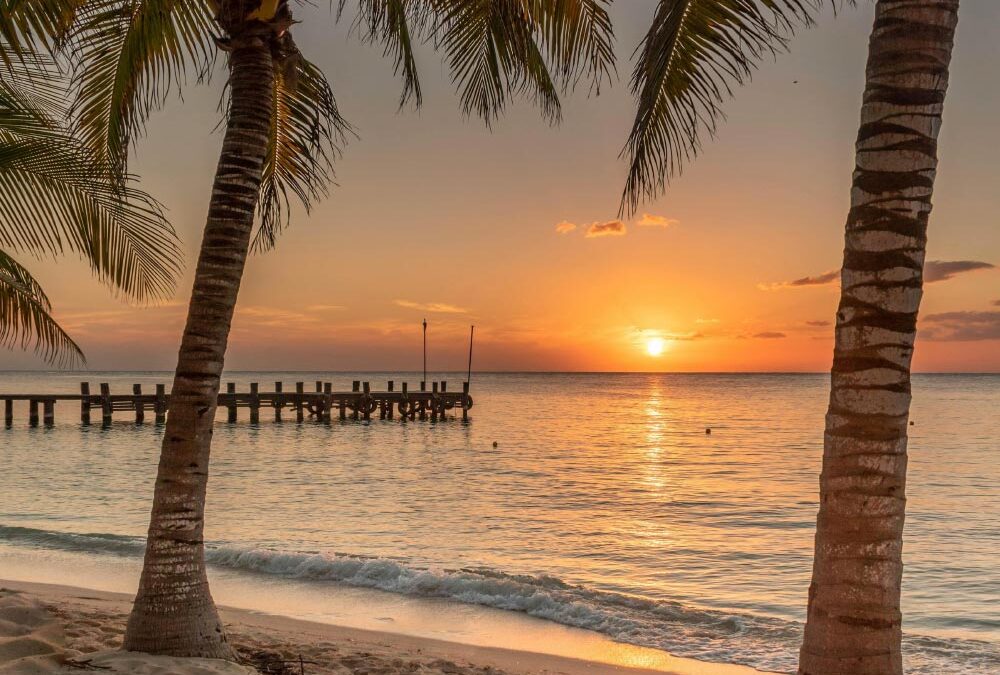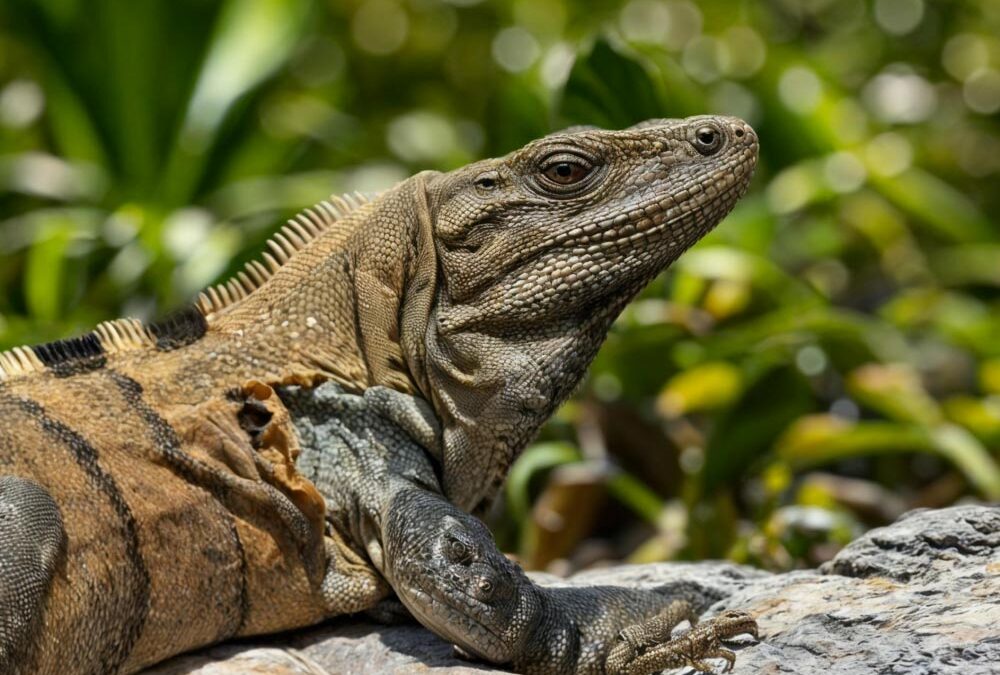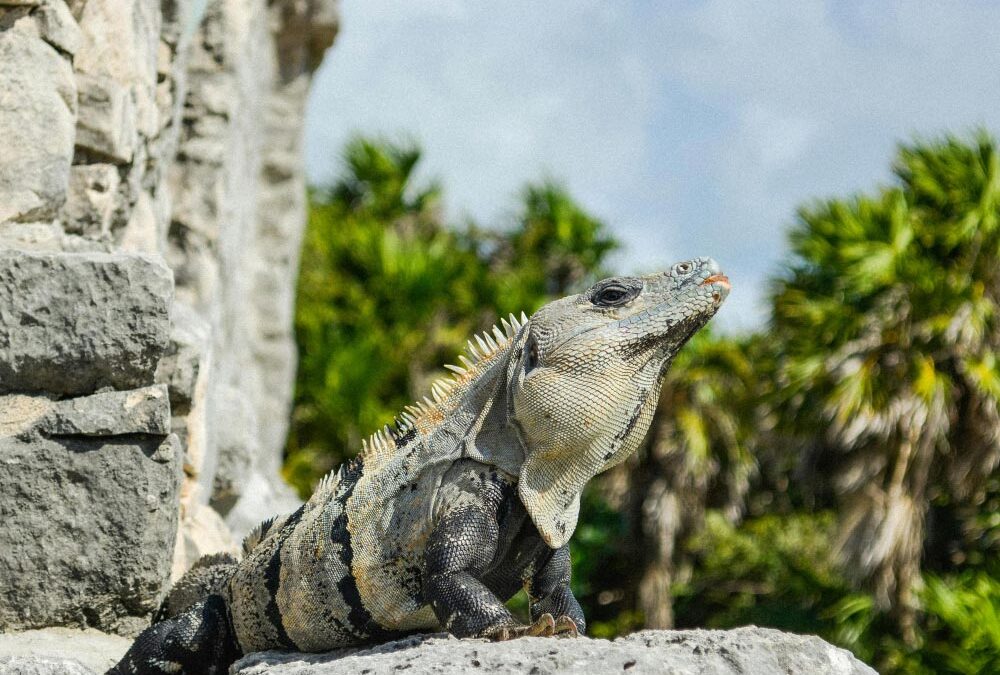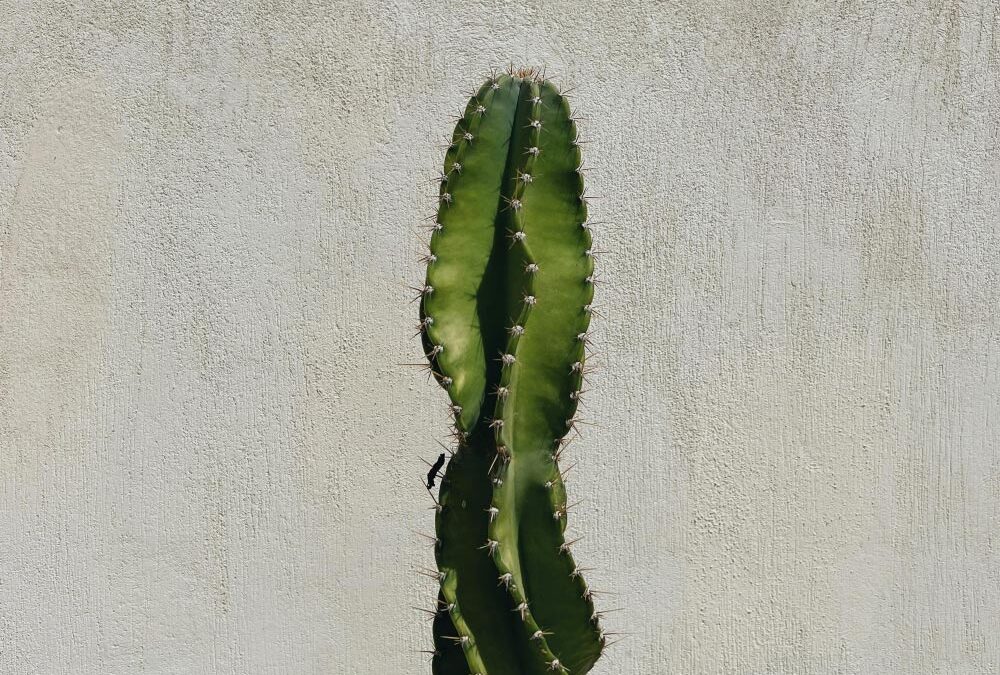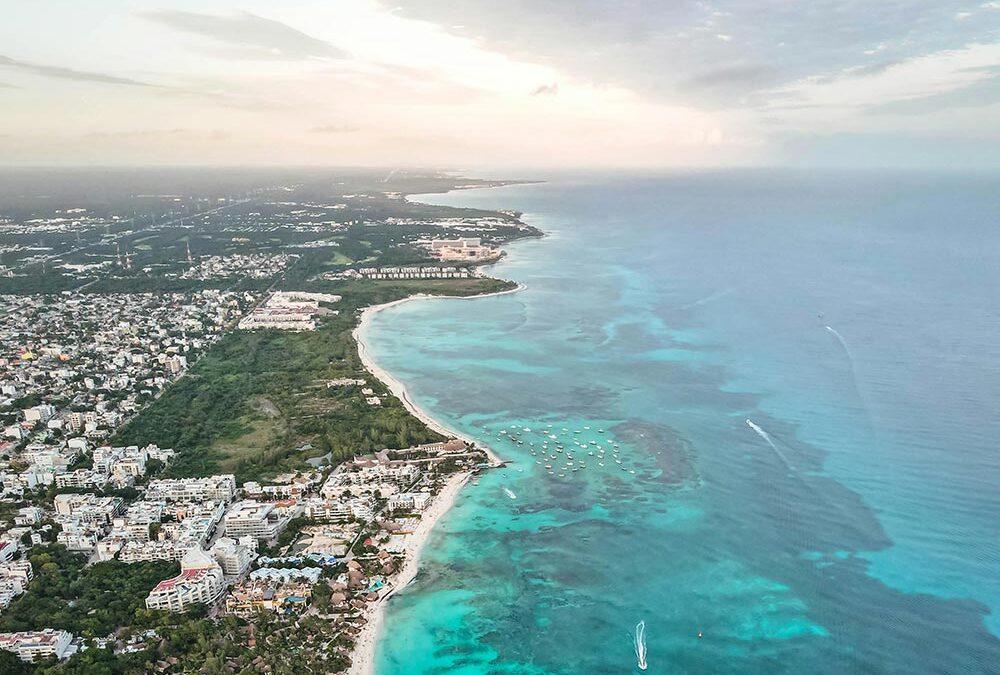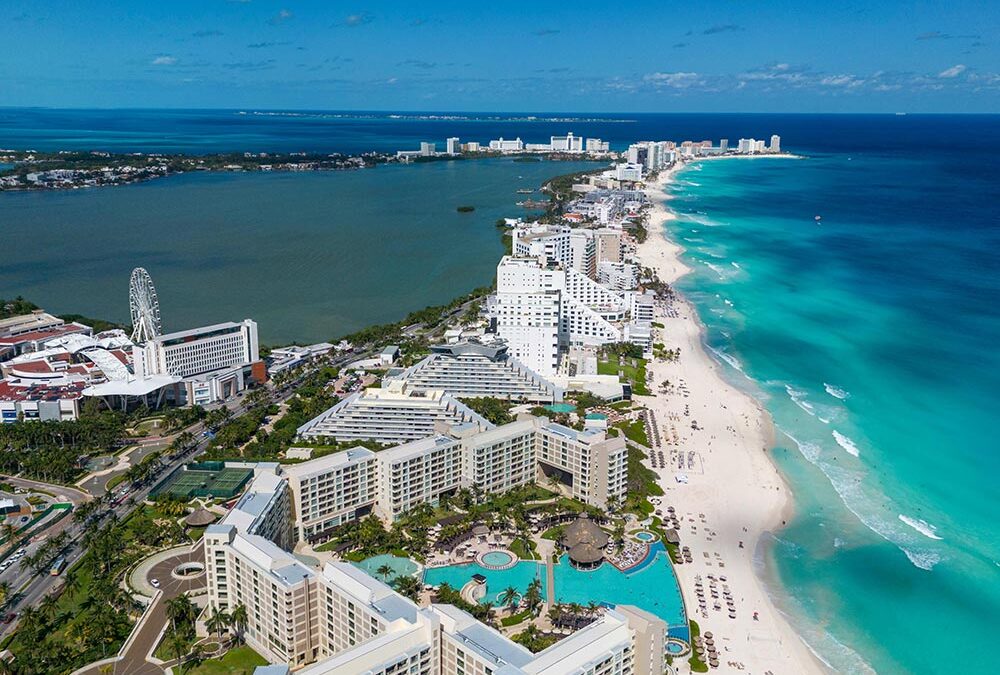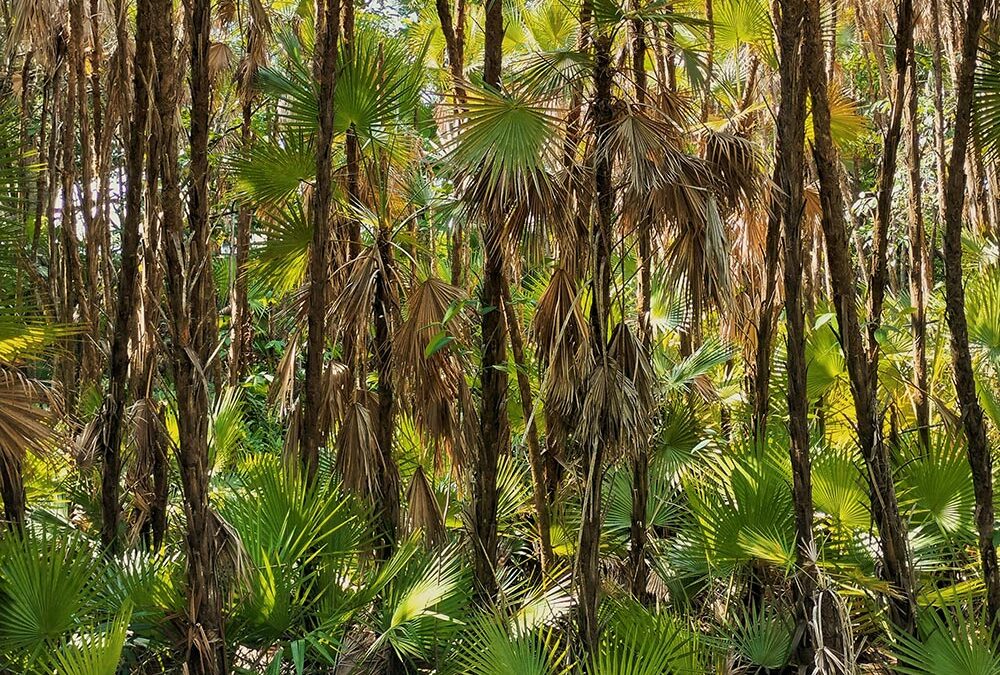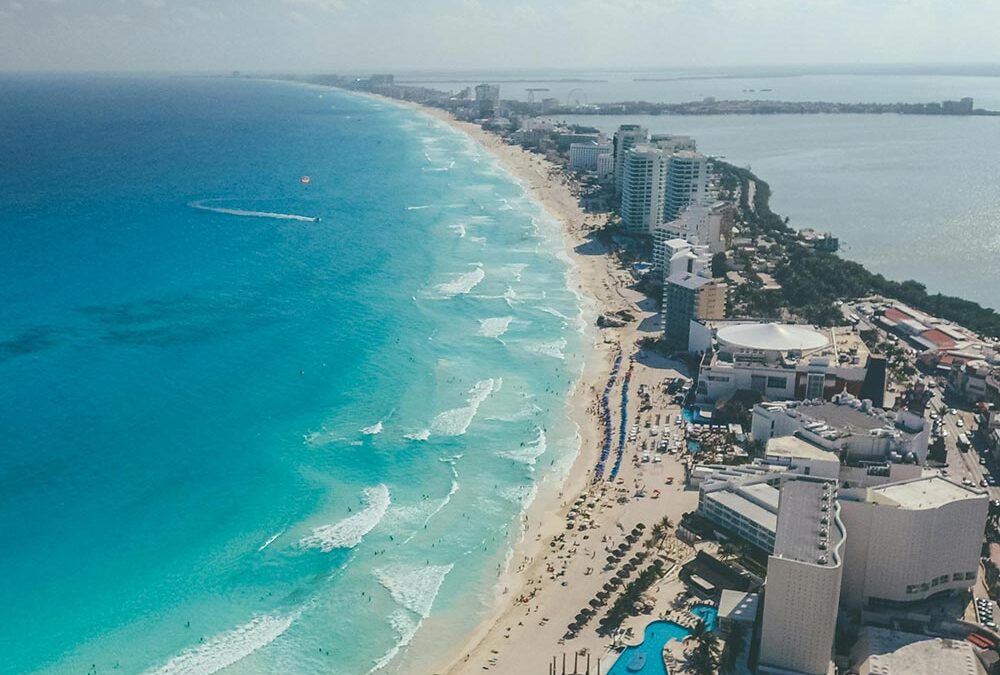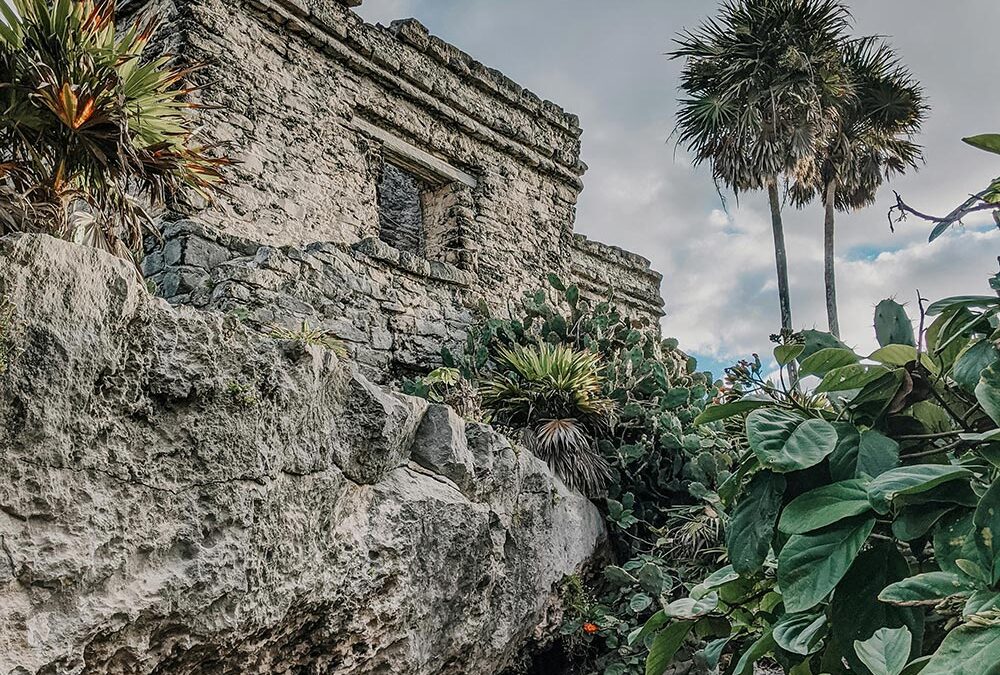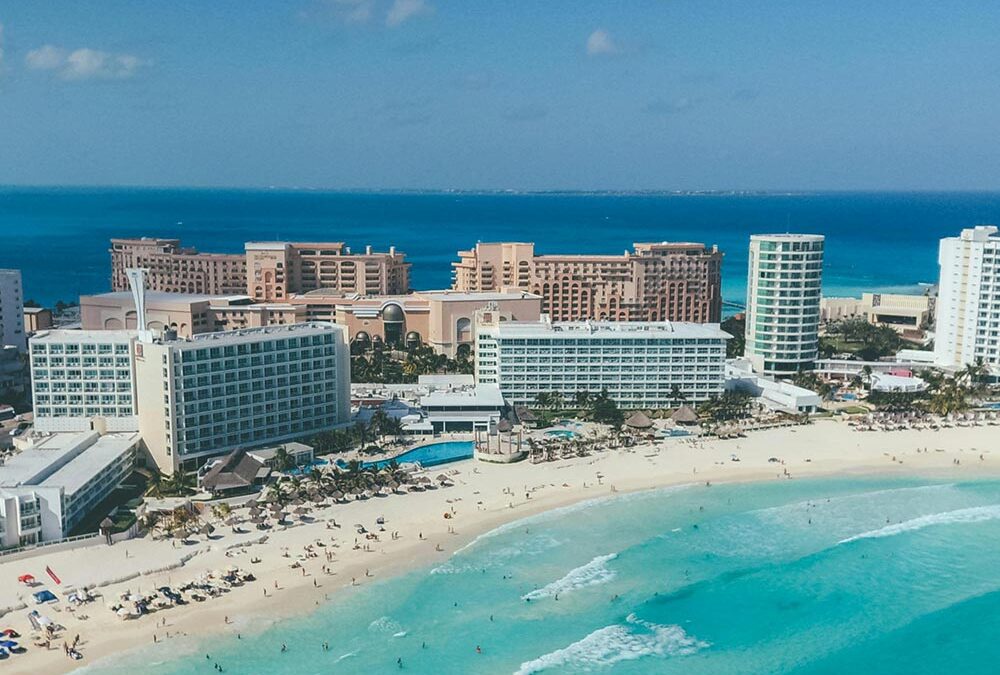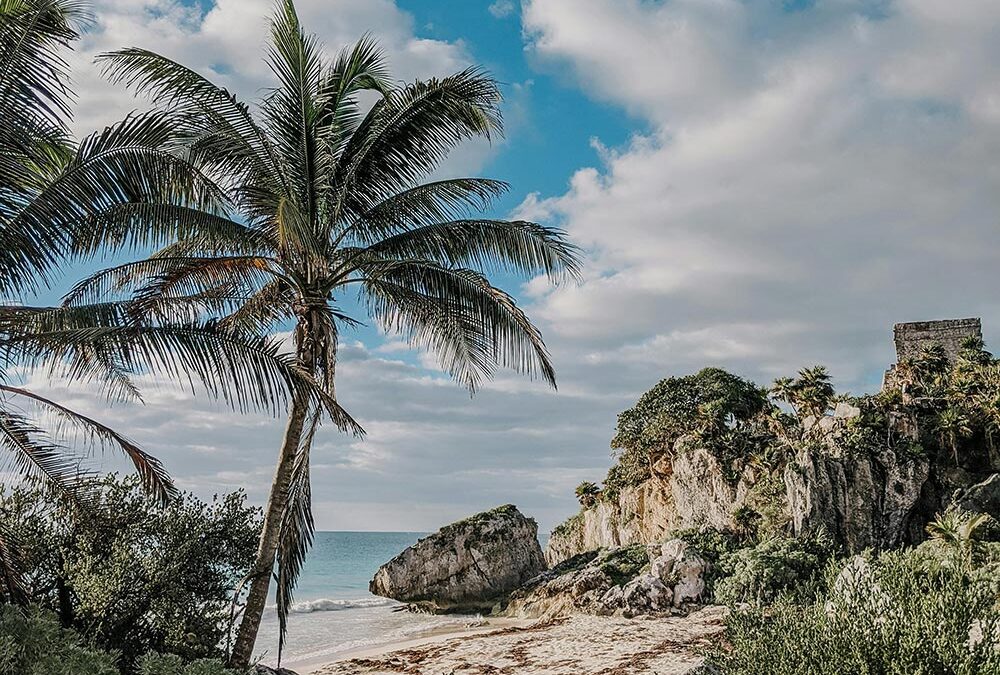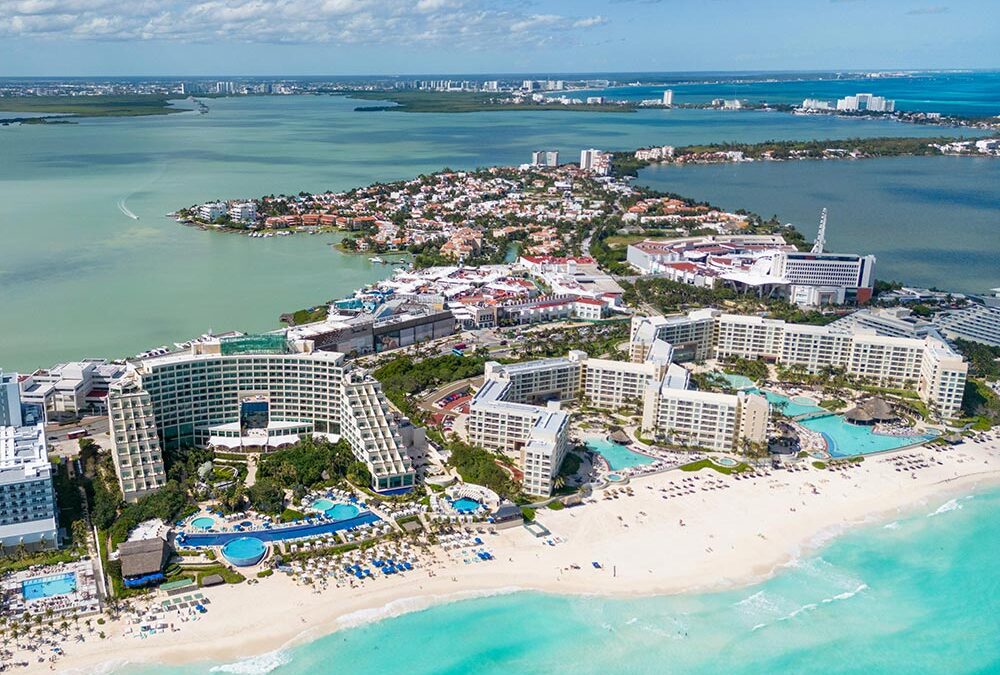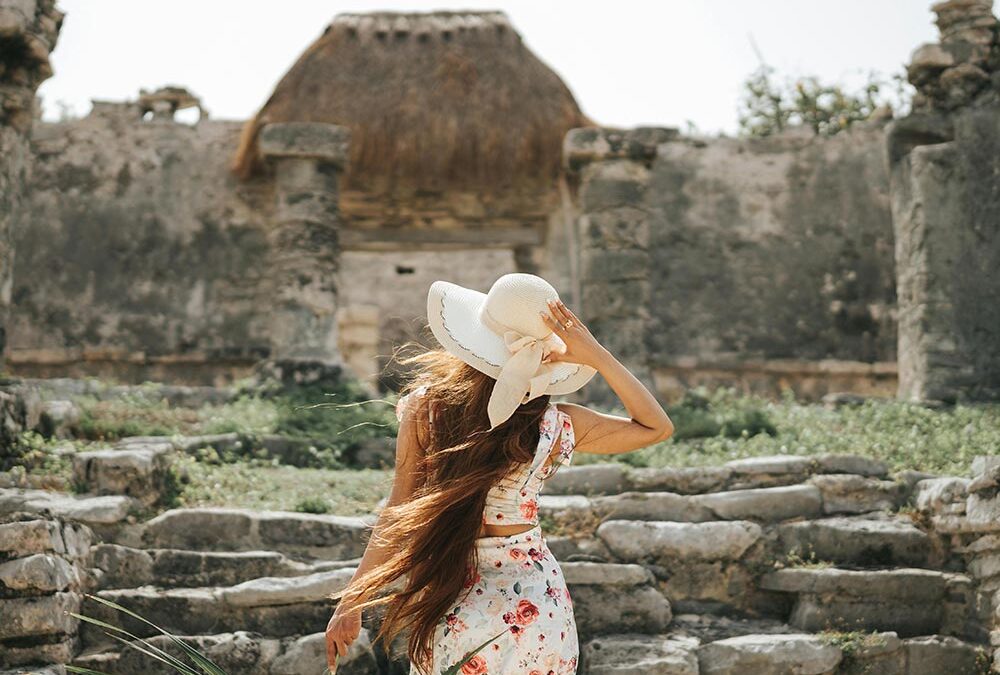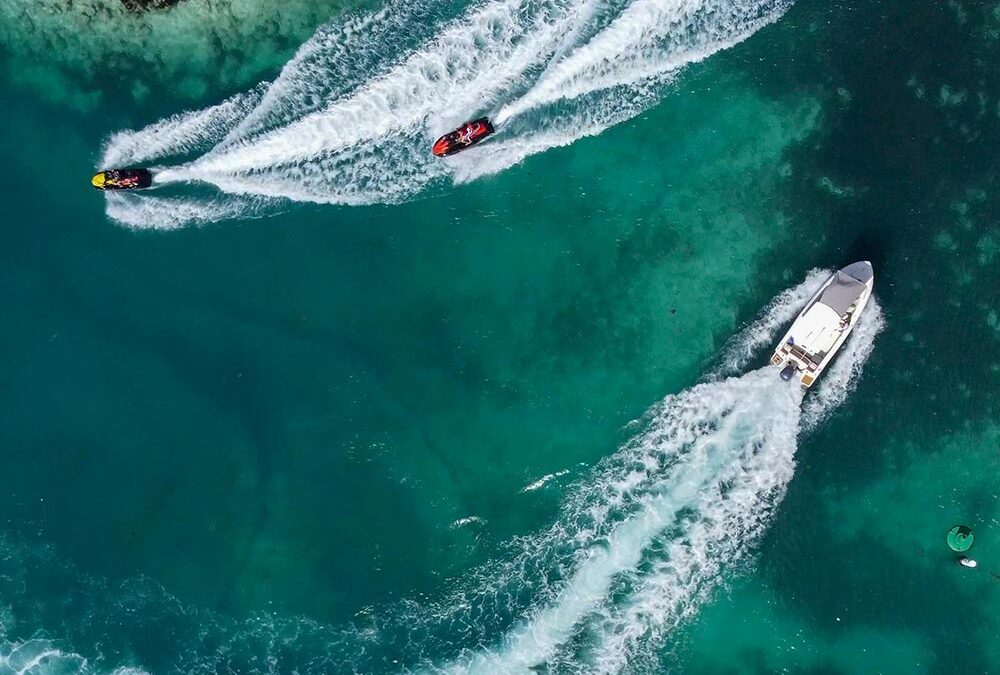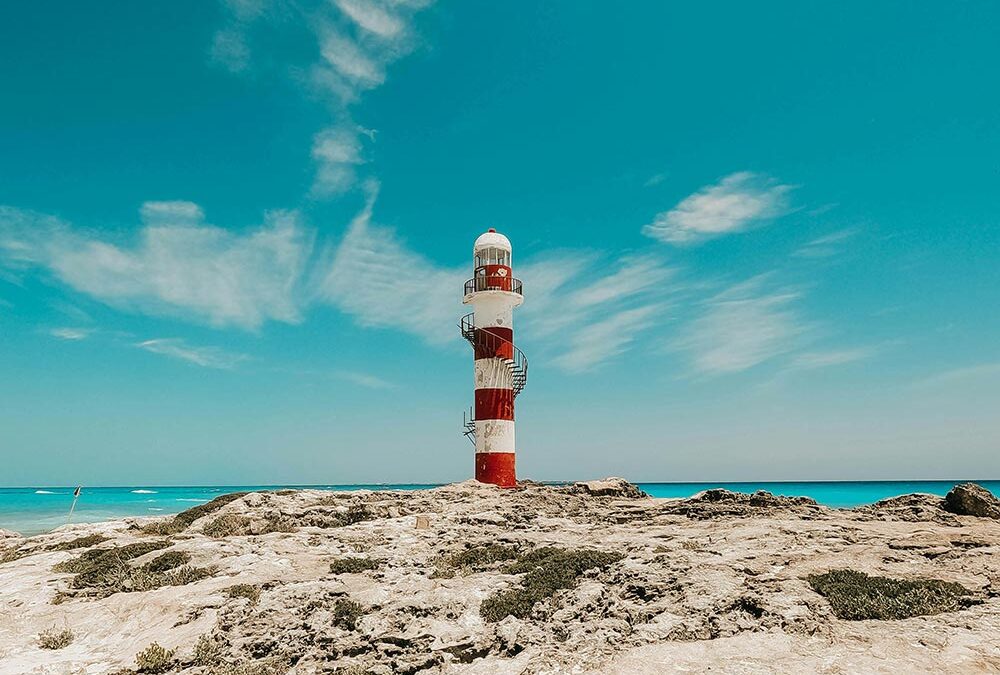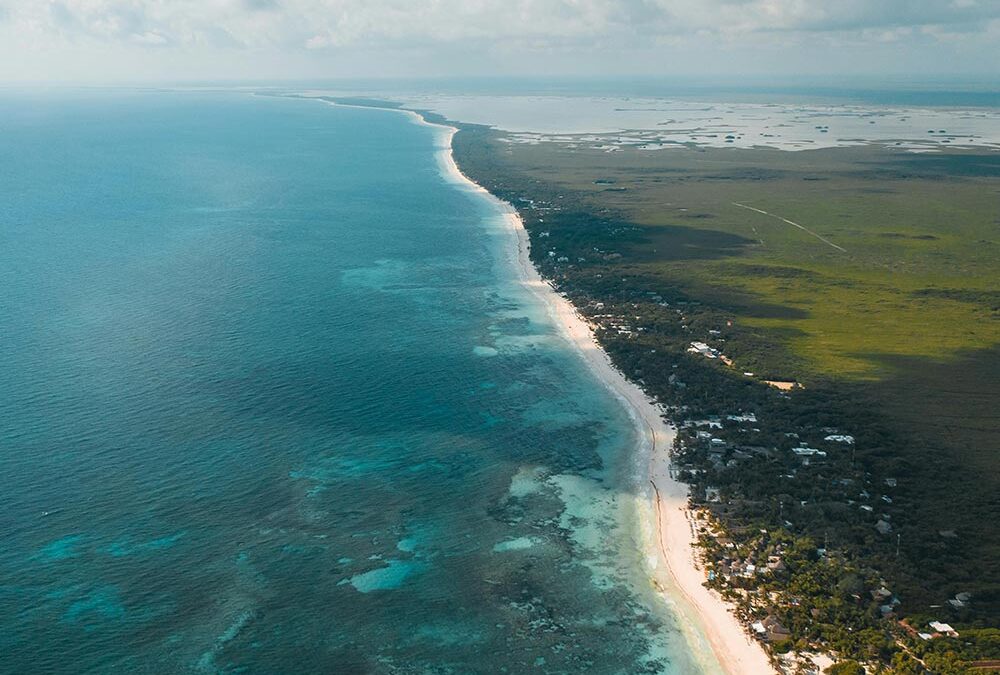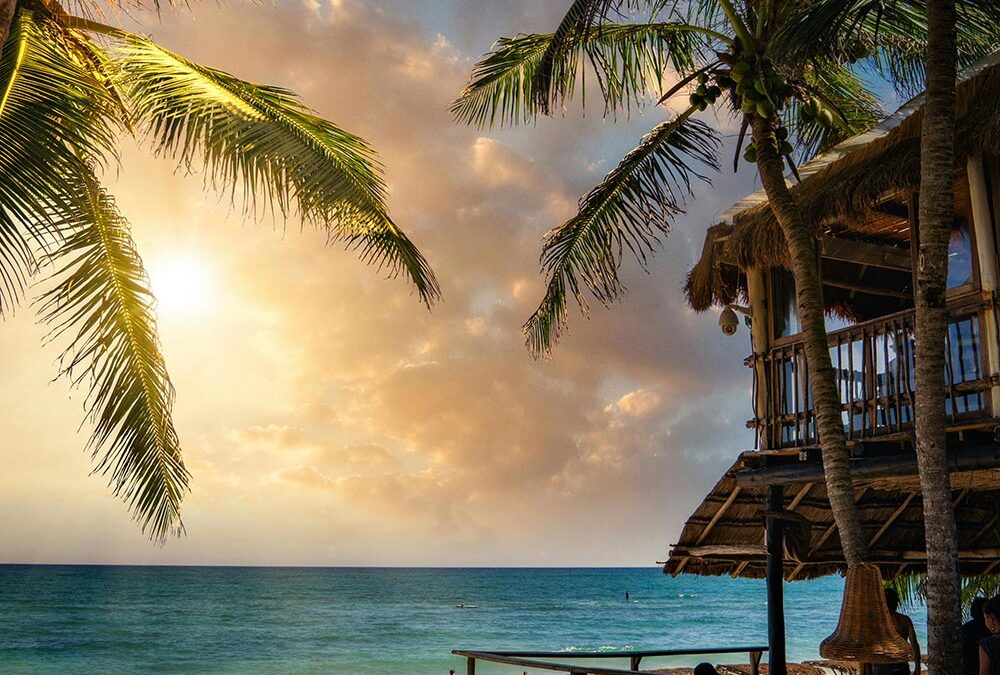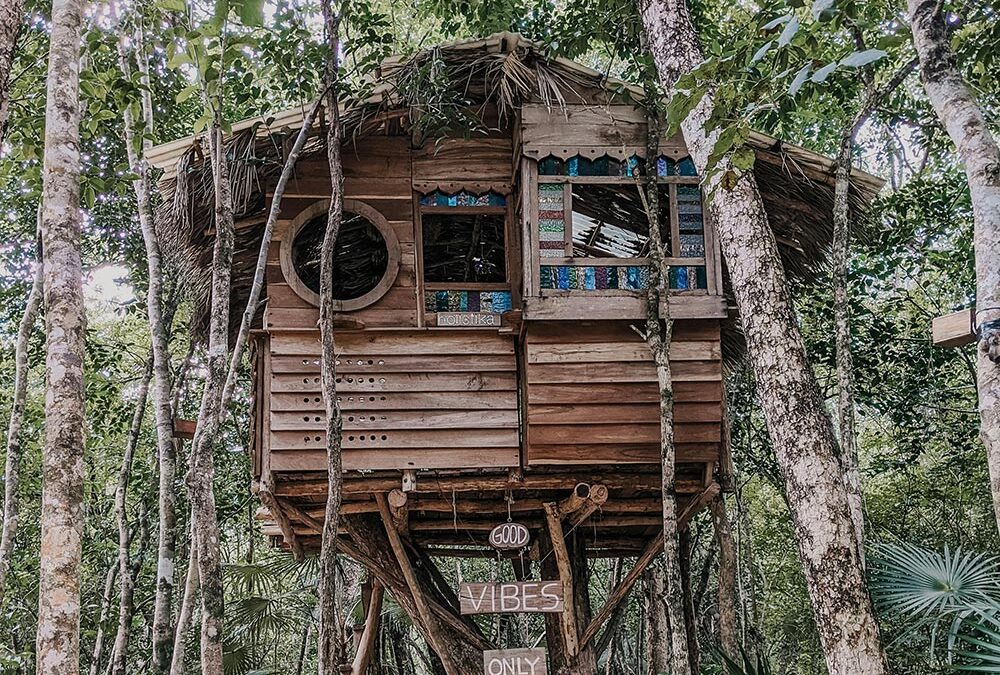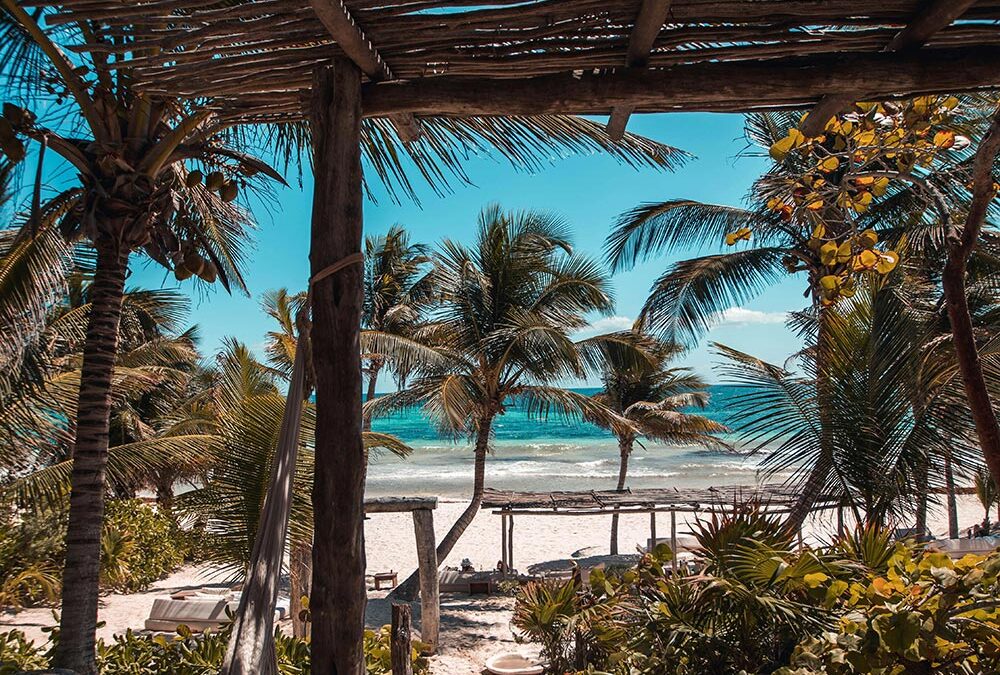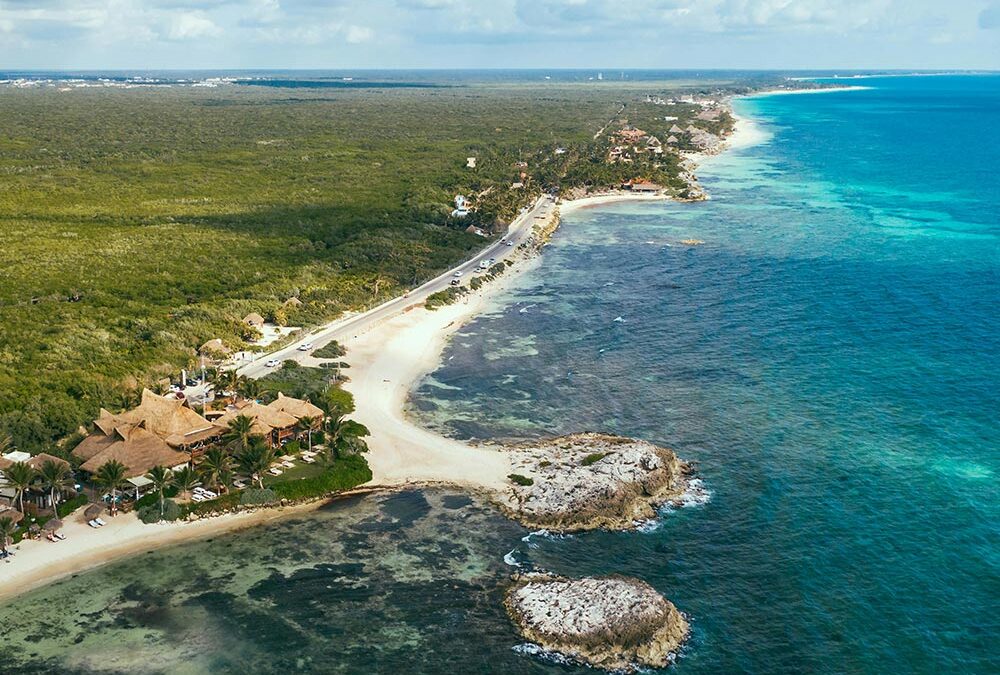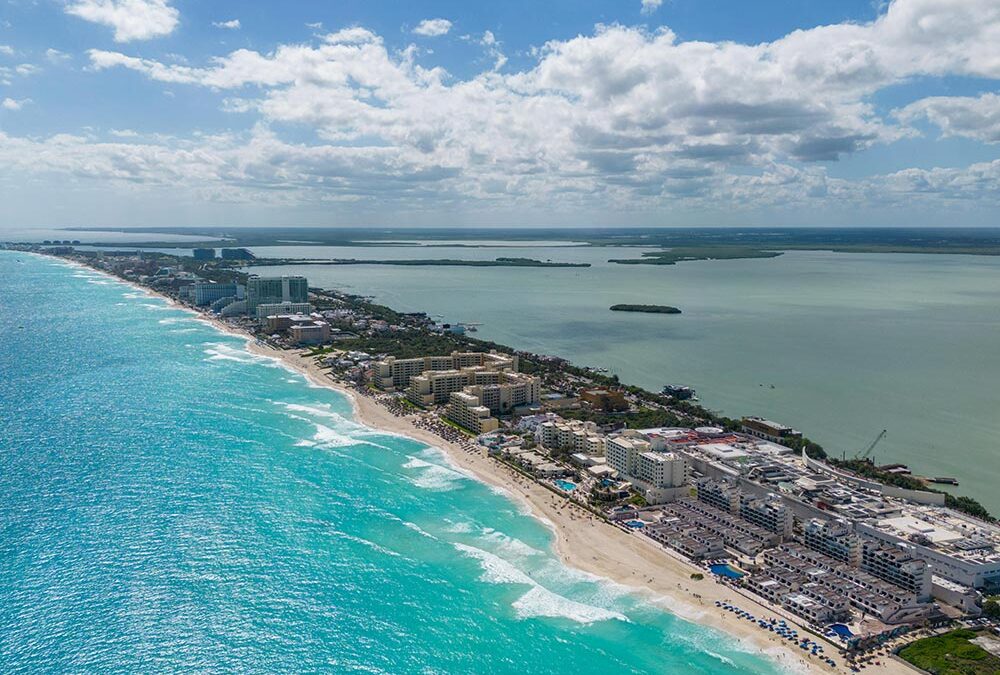Investing in Riviera Maya real estate has become a lucrative opportunity for international and domestic investors alike. The region is a hotbed for tourism, attracting millions of visitors annually due to its pristine beaches, cultural richness, and vibrant nightlife. Properties here often promise high returns on investment, both through rental income and property appreciation. However, a deeper dive reveals a range of costs that go beyond the listed price, including hidden fees, legal requirements, ongoing taxes, and maintenance obligations. Understanding these additional expenses is critical for maximizing profitability and avoiding surprises.
Index of Content
- Purchase Costs
- Legal and Administrative Fees
- Ongoing Taxes and Levies
- Maintenance and Upkeep
- Rental Income Management Costs
- Conclusion
- Case Study: Investing in a Playa del Carmen Condo
- FAQs
Purchase Costs
Down Payment and Financing
Most Riviera Maya real estate purchases require a down payment of 20-30% of the property’s value. For example, a $300,000 property would need an initial payment of $60,000-$90,000. If financing is involved, foreign buyers should expect higher interest rates compared to local residents. Mortgage rates for non-residents typically range between 6-10% annually, depending on the lender and the buyer’s credit profile. Additionally, international buyers should factor in potential challenges with securing financing, such as additional documentation requirements and stricter lending criteria.
Property Price
Property prices in Riviera Maya vary greatly depending on location, property type, and proximity to key attractions. Inland properties may cost as low as $1,500 per square meter, while beachfront properties can exceed $5,000 per square meter. For example, a 100-square-meter beachfront condo could range from $250,000 to $500,000. Currency exchange rates also play a significant role for international investors, especially if the U.S. dollar, Euro, or Canadian dollar fluctuates against the Mexican peso during the transaction period.
- Budget for a 20-30% down payment upfront.
- Research financing options thoroughly to understand rates and requirements.
- Monitor currency exchange rates for cost efficiency.
Legal and Administrative Fees
Notary and Closing Costs
In Mexico, notaries (notarios) are essential in property transactions. They perform legal validations, manage documentation, and ensure compliance with local laws. Notary fees alone can range from 1-2% of the property’s value. Closing costs, including registration fees and transfer taxes, typically add an additional 4-8%, making the total closing cost range between 5-10% of the property price. For a $300,000 property, this could translate to $15,000-$30,000. These fees must be paid upfront and are non-negotiable, emphasizing the need to budget carefully.
Trust (Fideicomiso) Setup Fees
Foreign buyers are required to establish a fideicomiso—a bank-managed trust—to legally own property within 50 kilometers of the coastline or 100 kilometers of the border. This involves a one-time setup fee ranging from $1,000 to $2,000 and annual maintenance fees of $500-$1,000. The fideicomiso acts as a safeguard for property ownership, with the buyer designated as the beneficiary, retaining full control over the property.
- Plan for closing costs of 5-10% of the purchase price.
- Include fideicomiso setup and maintenance fees in your budget.
- Engage a reputable notary and lawyer to oversee the transaction.
Ongoing Taxes and Levies
Property Taxes (Predial)
Property taxes in Mexico, known as predial, are significantly lower compared to the U.S. or Canada. They average between 0.1% and 0.2% of the assessed property value. For a property worth $300,000, annual property taxes might only amount to $300-$600. Payments are made to the local municipal office, and early payments often come with discounts ranging from 10-20%. These taxes help fund public services and infrastructure in the area.
Capital Gains Tax
Capital gains tax is applicable upon the sale of a property. The tax rate is either 35% of the net profit or 25% of the total sales price, whichever is lower. However, primary residence exemptions and deductible expenses, such as documented renovations, can significantly reduce the tax liability. Consulting a tax advisor familiar with Mexican real estate is essential to navigate these regulations effectively.
- Take advantage of early property tax payment discounts.
- Document all renovations and expenses for capital gains tax deductions.
- Consult a tax expert to optimize your tax obligations.
Maintenance and Upkeep
HOA Fees
Homeowners’ association (HOA) fees are common for condominiums and gated communities. These fees cover shared amenities like pools, gyms, landscaping, and security. Depending on the property, HOA fees can range from $100 to $500 monthly. Luxury properties with high-end amenities may charge even more. Ensure you understand the scope of services included in the fees before purchasing the property.
Repairs and Renovations
Beachfront properties are particularly vulnerable to wear and tear due to humidity, salt air, and storms. Annual maintenance costs are generally 1-3% of the property’s value, excluding unexpected repairs. Additionally, regular renovations may be necessary to keep rental properties competitive in the market. For instance, upgrading appliances or repainting walls every few years can enhance appeal.
- Inquire about HOA fees and their inclusions during due diligence.
- Set aside an annual maintenance budget of 1-3% of the property value.
- Plan for periodic renovations to maintain marketability.
Rental Income Management Costs
Property Management Services
If you’re planning to rent out your property, hiring a property management company is almost essential. These companies handle bookings, guest communications, cleaning, and maintenance. Their fees typically range from 20-30% of the rental income. For example, a property generating $30,000 annually in rental income could expect to pay $6,000-$9,000 for management services. Additionally, they may charge extra for repairs or emergencies.
Marketing and Listing Fees
Platforms like Airbnb and VRBO charge service fees ranging from 3-15% per booking. Optimizing your listing with professional photography, virtual tours, and dynamic pricing tools can improve occupancy rates but incur initial costs. Some owners also invest in local advertising to attract long-term renters, further adding to marketing expenses.
- Allocate 20-30% of rental income for property management fees.
- Invest in high-quality listing tools to maximize bookings.
- Factor in platform fees for short-term rental platforms like Airbnb.
Case Study: Investing in a Playa del Carmen Condo
John and Mary, a couple from Canada, purchased a two-bedroom condo in Playa del Carmen for $320,000. Their closing costs amounted to 8% of the property price ($25,600), including notary fees and registration. They also paid $1,800 to set up a fideicomiso and $800 annually to maintain it. Their monthly HOA fees were $250, and annual maintenance costs averaged $3,000 due to the property’s beachfront location. Renting the property through Airbnb generated $36,000 annually, of which $9,000 went to property management and $4,000 covered platform fees. Despite these expenses, the couple achieved an annual ROI of 8% after two years.
Conclusion
Investing in Riviera Maya real estate can be highly rewarding, but only if you plan thoroughly for all costs. From purchase price and legal fees to ongoing taxes, maintenance, and rental management expenses, these factors significantly impact your investment’s profitability. By understanding and budgeting for these costs, you can make a well-informed decision and enjoy the financial and lifestyle benefits of owning property in this sought-after destination.
FAQs
What are typical closing costs in Mexico?
Closing costs usually range from 5-10% of the property’s value and cover notary fees, registration, legal services, and transfer taxes.
Do I need a trust (fideicomiso) to buy property in Riviera Maya?
Yes, foreign buyers must set up a fideicomiso to own property within 50 kilometers of the coastline or 100 kilometers of the border.
How much are property taxes in Riviera Maya?
Property taxes (predial) average 0.1-0.2% of the assessed value annually, making them significantly lower than in many other countries.
What ongoing costs are associated with rental properties?
Ongoing costs include HOA fees, maintenance expenses, property management fees, and marketing costs for listings on platforms like Airbnb.
Can I reduce capital gains taxes when selling my property?
Yes, you can reduce capital gains taxes by documenting expenses for renovations and improvements, or by qualifying for primary residence exemptions.
